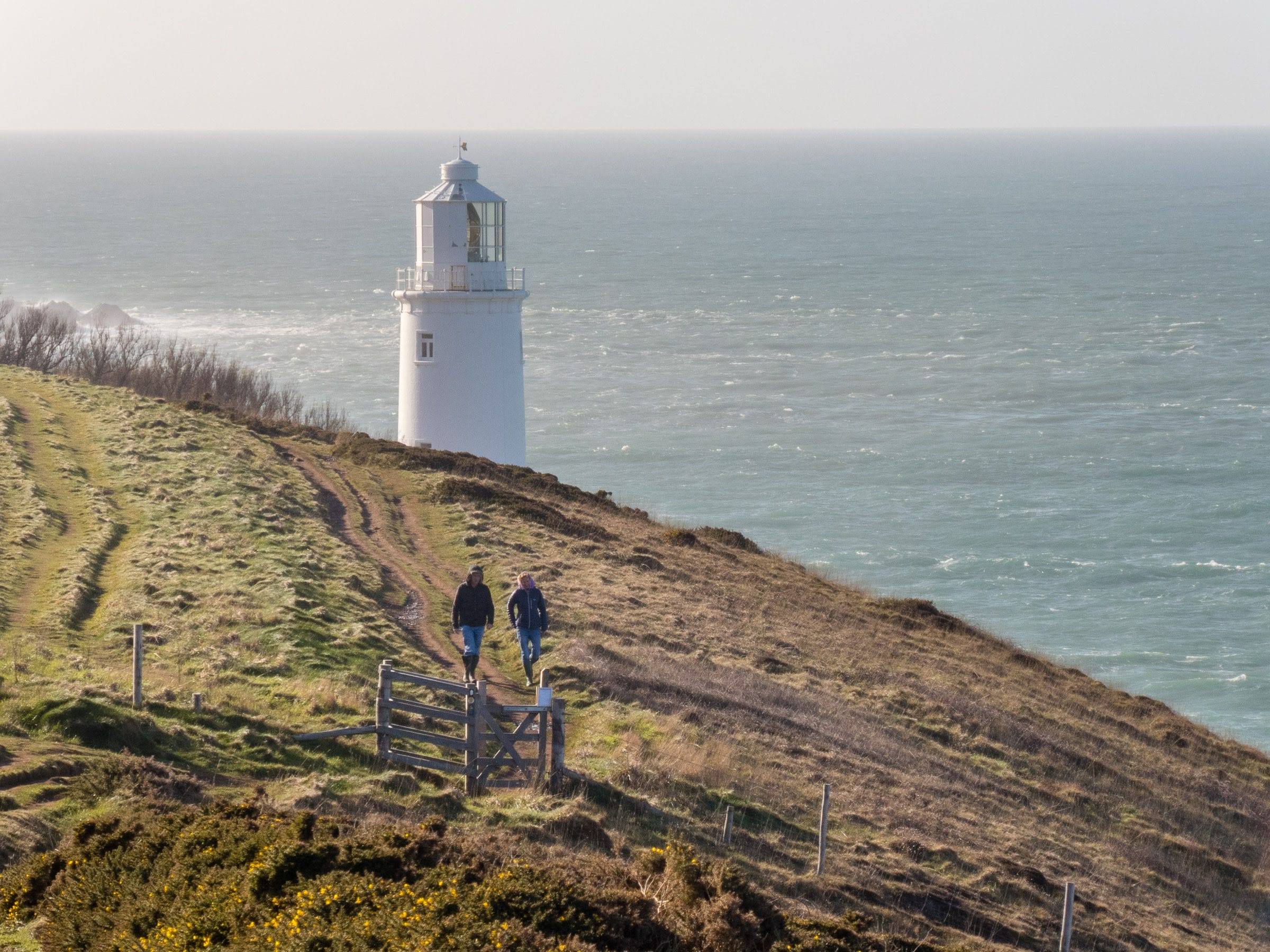
Route Overview
Where is the South West Coast Path?
The South West Coast Path is an official National Trail and the longest waymarked long-distance footpath in England and Wales. It stretches for a total of 1,014 km (630 miles), from Minehead in Somerset, along the dramatic coastlines of Devon and Cornwall, to the picturesque Poole Harbour in Dorset.
Why should you walk the South West Coast Path?
The Path was originally created by coastguards, patrolling the south west peninsula, looking out for smugglers. On their walk from lighthouse to lighthouse the coastguards needed to be able to look down into every little bay and cove. For that reason the path closely hugs the coast and provides excellent views and opportunities to observe the landscape and wildlife.
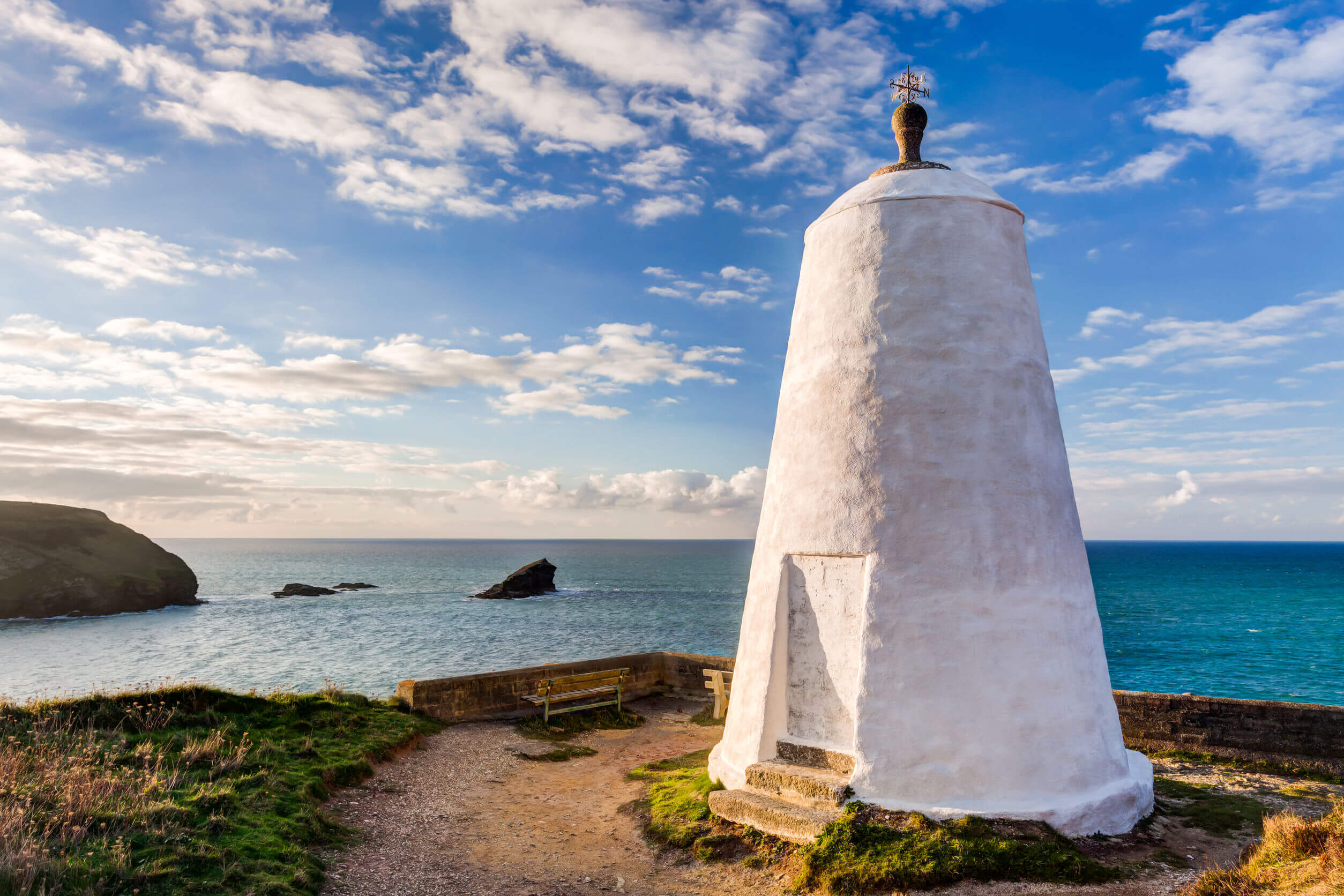
Today the South West Coast Path has been transformed into a recreational trail that has twice been voted ‘Britain’s Best Walking route’ and regularly features in lists of the world’s best walks. The route takes in tiny fishing villages, rocky headlands, bustling seaside resorts, wooded estuaries and golden beaches washed over by Atlantic surf. The area is rich in wildlife such as seabirds, wild flowers, dolphins, seals and even whales. The South West Coast Path has over 1014kms of crystalline coastline and is England’s longest waymarked long-distance footpath and a National Trail. We focus on the most spectacular section of the trail from Padstow to Penzance along the south-west coast of Cornwall, also known as the Cornwall Coastal Path. It runs from Minehead in Somerset, along the coasts of Devon and Cornwall, to Poole Harbour in Dorset.
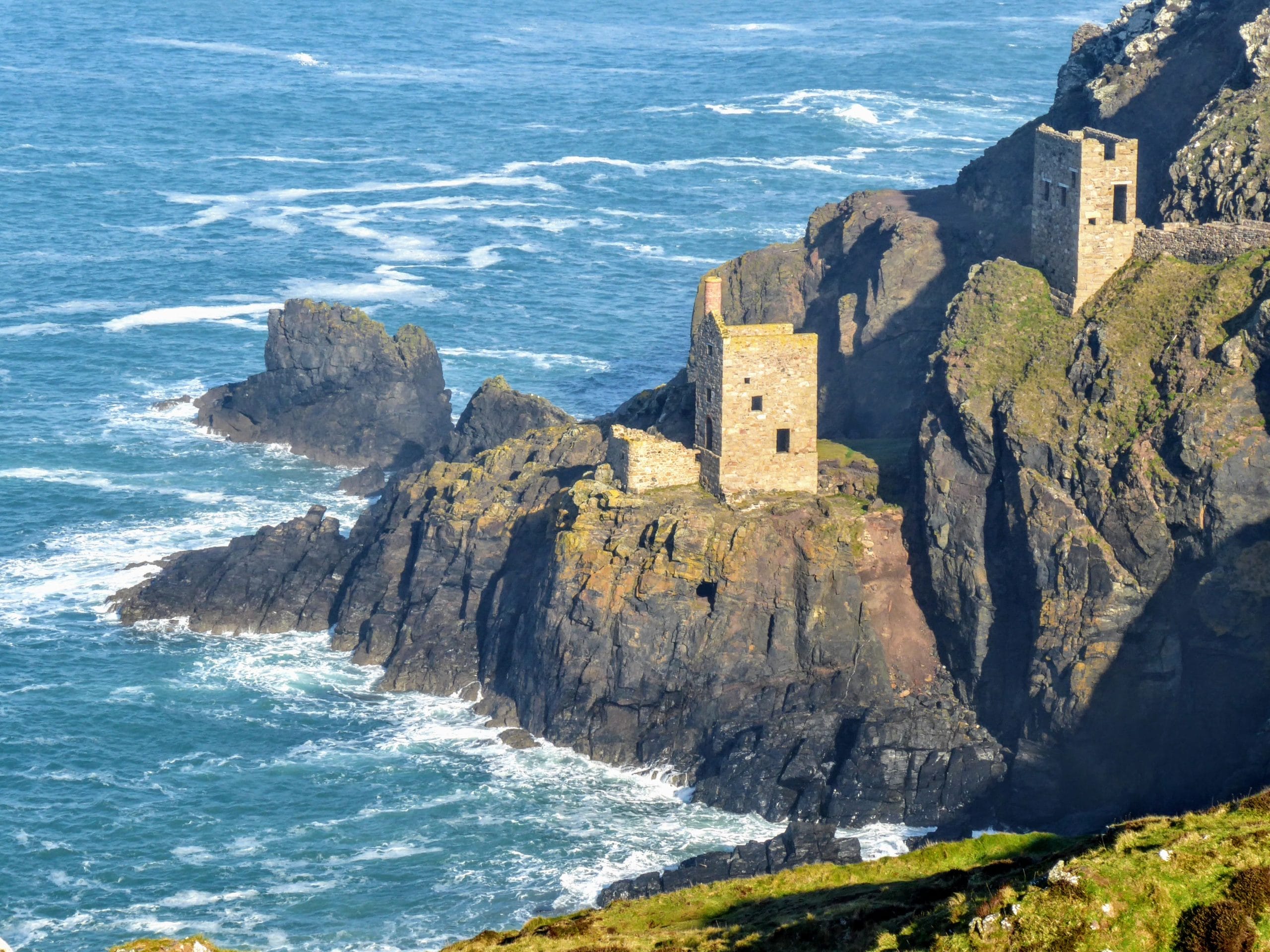
When is the best time to walk the South West Coast Path?
When booking a hiking holiday, every season has its own charm, but indeed some months are better for hiking than others. It is always important to make yourself aware of the best times to walk any long-distance trails as weather conditions and busyness can greatly impact your overall hiking experience.
The National Trails administration recommends hikers to walk the South West Coast Path between the beginning of May and the end of October. However, most of the accommodations and luggage transfer services along the route operate from the start of March until the end of October.
In addition to the issues with most service providers along the route being closed during the winter months, the fewer hours of daylight at this time of year also make these months an unfavourable choice for hiking the trail.
How long does it take to hike the South West Coast Path?
Some experienced hikers may be able to comlete the trail in 3 or 4 weeks, but it can take 8 weeks or more to complete the whole trail at a more leisurely pace, taking the time to see the sights.
Hillwalk Tours South West Coast Path Itineraries focus on the 160km (100 miles) long central section of the South West Coast Path in south west Cornwall, between Padstow and Penzance. This part of the trail is also known as the ‘Cornwall Coast Path’ and offers some of the best coastal walking in Europe.
At Hillwalk Tours, we offer Gentle, Moderate and Challenging tour grading levels depending on the balance of physical challenge and comfort level that you require. Within these levels, you can choose between 4 to 12-day hiking tours to complete the full trail or part of it. All you have to decide is how many kilometres / miles you would like to walk per day and we’ll take care of the rest!
Tour Route
Types of Trails
Choosing the right hiking tour for you can be, at times, tricky. It is always important to consider your own physical capability and comfort levels.
For example, at Hillwalk Tours, we have grouped each trail route we offer into three categories depending on personal preference and fitness levels. These are – gentle, moderate, and challenging. Each of these categories, depending on the destination, will include anything from 4 to 13-day itineraries, with customers given the option to add rest days where they see fit.
Our gentle hikes are perfectly suited for those who would consider themselves as a part-time hiker who enjoys taking photos and meeting locals while taking in the spectacular scenery. Our moderate hikes will suit people who are used to regular exercise and appreciate the opportunity of covering plenty of ground each day without going beyond their limits. Finally, our challenging hikes are for hikers who look to set off early in the morning and not stop until they have reached their destination.
With regards to our (Tour Route) trail, we offer both gentle and moderate hikes. Each of these hiking categories cover the following average hiking distance and time each day:
Gentle: 12-13km or 7.5-8 miles and between 3.5-5 hours per day
Moderate: 18-19.5km or 9-11 miles and between 4-7 hours per day
Challenging: 23-31.5km or 15-20 miles and between 5-8 hours per day
Hillwalk Tours Guide Notes
If you decide to walk the trail with Hillwalk Tours, you will receive a detailed walking pack once you have fully booked your hiking holiday. This walking pack will include detailed Ordnance Survey (OS) maps and unique route notes and walking directions written and constantly updated by our route development team. By personally walking each trail and creating our own detailed route notes, it allows us to provide more itineraries, route options and alternatives than what you will typically find across generic guidebooks. It also includes GPS tracks meaning you will never have to worry about getting lost.
Alternatively, off-the-shelf guidebooks covering the South West Coast Path can be found such as South West Coast Path – Minehead to Padstow a useful accompaniment for any hikers completing the trail.
Starting and Finishing Point
The South West Coast Path starts in Minehead in Somerset and ends in Poole in Dorset.
Hillwalk Tours itineraries focus on the 160km (100 miles) long central section of the South West Coast Path in south west Cornwall, between Padstow and Penzance. This part of the trail is also known as the ‘Cornwall Coast Path’ and offers some of the best coastal walking in Europe.
Starting in Padstow, a charming fishing port surrounded by glorious sandy beaches, at the head of the Camel River, the route follows the shores of the Camel Estuary. Winding through little coves the trail then descends to Porthcothan Bay, passes the large Iron Age fort remains at Trevelgue Head and continues to bustling Newquay, surfing capital of the UK.
Coves and headlands lead to Perranporth Beach. From there onwards the remains of tin mines often dot the landscape. Clifftop paths lead past Porthtowan to the harbour at Portreath. The trail now slowly climbs for a few kilometres before descending to a ‘Hell’s Mouth’, a spectacular breach in the cliffs.
Look out for seals and other wildlife as the trail passes near the lighthouse at Godrevy Point. A long beach walk leads to the busy port of Hayle. Sand dunes and more beaches link this with the delightful seaside resort of St Ives, once the most important fishing port in Cornwall.
Further on, the route passes the ‘Carracks’, notorious ship-wrecking rocks, before continuing west along the coast past coves and old tin mines. After Pendeen Watch lighthouse the path visits Cape Cornwall and skirts a little inland past St. Just village. It then, once more, hugs the coast on its way to the pretty fishing village of Sennan Cove.
Nearby is famous Land’s End, where the Atlantic pounds landmarks such as ‘Wolf Rock’ and the ‘Long Ships’. Continuing to Porthcurno the trail passes a famous open-air theatre at Minack Point. A little further a sheltered, seemingly sub-tropical valley at Lamorna invites for a break in an old smuggler’s pub.
Not far from there, the impressive St. Michael’s Mount can often be seen on the far side of Mount’s Bay. Passing through the pretty fishing village of Mousehole the route enters the busy resort of Newlyn and finally Penzance, the end point of our longest tours.
Sample South West Coast Path Itineraries
The following are examples of Hillwalk Tours Gentle, Moderate and Challenging itineraries of hiking the South West Coast Path.
Gentle 6-Day
Day 1: Arrival in Holywell
Day 2: Holywell – St Agnes (8.7 Miles / 14 Km)
Day 3: St Agnes – Portreath (8.1 Miles / 13 Km)
Day 4: Portreath – Gwithian (8.1 Miles / 13 Km)
Day 5: Gwithian – St Ives (9.9 Miles / 16 Km)
Day 6: Departure from St Ives
Gentle 7-Day
Day 1: Arrival in Newquay
Day 2: Newquay – Holywell (6.8 or 9.9 Miles / 11 or 16 Km)
Day 3: Holywell – St Agnes (8.7 Miles / 14 Km)
Day 4: St Agnes – Portreath (8.1 Miles / 13 Km)
Day 5: Portreath – Gwithian (8.1 Miles / 13 Km)
Day 6: Gwithian – St. Ives (9.9 Miles / 16 Km)
Day 7: Departure from St. Ives
Moderate 8-Day
Day 1: Arrival in Padstow
Day 2: Padstow – Porthcothan Bay (13.7 Miles / 22 Km)
Day 3: Porthcothan Bay – Newquay (10.6 Miles / 17 Km)
Day 4: Newquay – Perranporth (10.6 or 16.8 Miles / 17 or 27 Km)
Day 5: Perranporth – Portreath (12.4 Miles / 20 Km)
Day 6: Portreath – Hayle (11.8 Miles / 19 Km)
Day 7: Hayle – St. Ives (6.2 Miles / 10 Km)
Day 8: Departure from St. Ives
Challenging 9-Day
Day 1: Arrival in Padstow
Day 2: Padstow – Mawgan Porth (18 Miles / 29 Km)
Day 3: Mawgan Porth – Perranporth (13.7 or 20.5 Miles / 22 or 33 Km)
Day 4: Perranporth – Hell’s Mouth (16.8 Miles / 27 Km)
Day 5: Hell’s Mouth – St. Ives (13 Miles / 21 Km)
Day 6: St. Ives – Pendeen Village (15.5 Miles / 25 Km)
Day 7: Pendeen Village – Porthcurno (16.2 Miles / 26 Km)
Day 8: Porthcurno – Penzance (11.2 Miles / 18 Km)
Day 9: Departure from Penzance
Moderate 10-Day
Day 1: Arrival in Newquay
Day 2: Newquay – Perranporth (10.6 or 16.8 Miles / 17 or 27 Km)
Day 3: Perranporth – Portreath (12.4 Miles / 20 Km)
Day 4: Portreath – Hayle (11.8 Miles / 19 Km)
Day 5: Hayle – St. Ives (6.2 Miles / 10 Km)
Day 6: St. Ives – Gurnard’s Head (9.3 Miles / 15 Km)
Day 7: Gurnard’s Head – St. Just (12.4 Miles / 20 Km)
Day 8: St. Just – Porthcurno (11.8 Miles / 19 Km)
Day 9: Porthcurno – Penzance (11.2 Miles / 18 Km)
Day 10: Departure from Penzance
Hillwalk Tours South West Coast Path Map
South West Coast Path Path Terrain
Waymarking
Waymarking is an important aspect of the trail to ensure walkers can navigate the trail safely. The South West Coast Path is waymarked with a variety of signs and markers. The South West Coast Path is waymarked by an acorn symbol – the official symbol for ‘National Trails of England and of Wales’.
If you are ever in doubt, you can also check the Hillwalk Tours turn by turn directions and route notes including GPS coordinates provided in your walking pack. We also supply all you need to know about local information and history as you pass, along with trail alternatives and other activities.
Difficulty
The South West Coast Path can be quite a challenging hike as it has a lot of steep climbs and descents. Due this, it may be a good idea to allow more time than you usually would to walk the same distance. The difficulty of the South West Coast Path varies depending on the section of the trail you are hiking. Some sections are relatively flat, while others are much more challenging.
The central area from Newquay to St Ives features in most Hilllwalk Tours itineraries, with most finishing or starting in the tropical-like St. Ives. This area is easily accessible and offers interesting hiking without being too difficult.
At Hillwalk Tours, we offer a range of Gentle, Moderate and Challenging grade hikes along the South West Coast Path. Gentle tours average approximately 13 km/day, Moderate 19 km/day and finally our Challenging Tours average 26 km/day.
Sights & Attractions
Cornwall and West Devon Mining Landscape
The mining industry in Cornwall was once a huge employer and what remains is now officially part of a UNESCO World Heritage site. Dotted around the landscape are the ruins of Cornwall engines used to pump water from the depths so tin and copper could be extracted.
To the south of Cornwall, St. Just is an area with a number of mine related attractions such as Geevor Tin Mine which was a working mine until 1990. There you can go underground and experience a real 18th century mine, explore interactive displays, see the mineral gallery and take part in mining activities. Nearby you will find the National Trust’s Levant Mine and the iconic engine houses’ at Botallack.
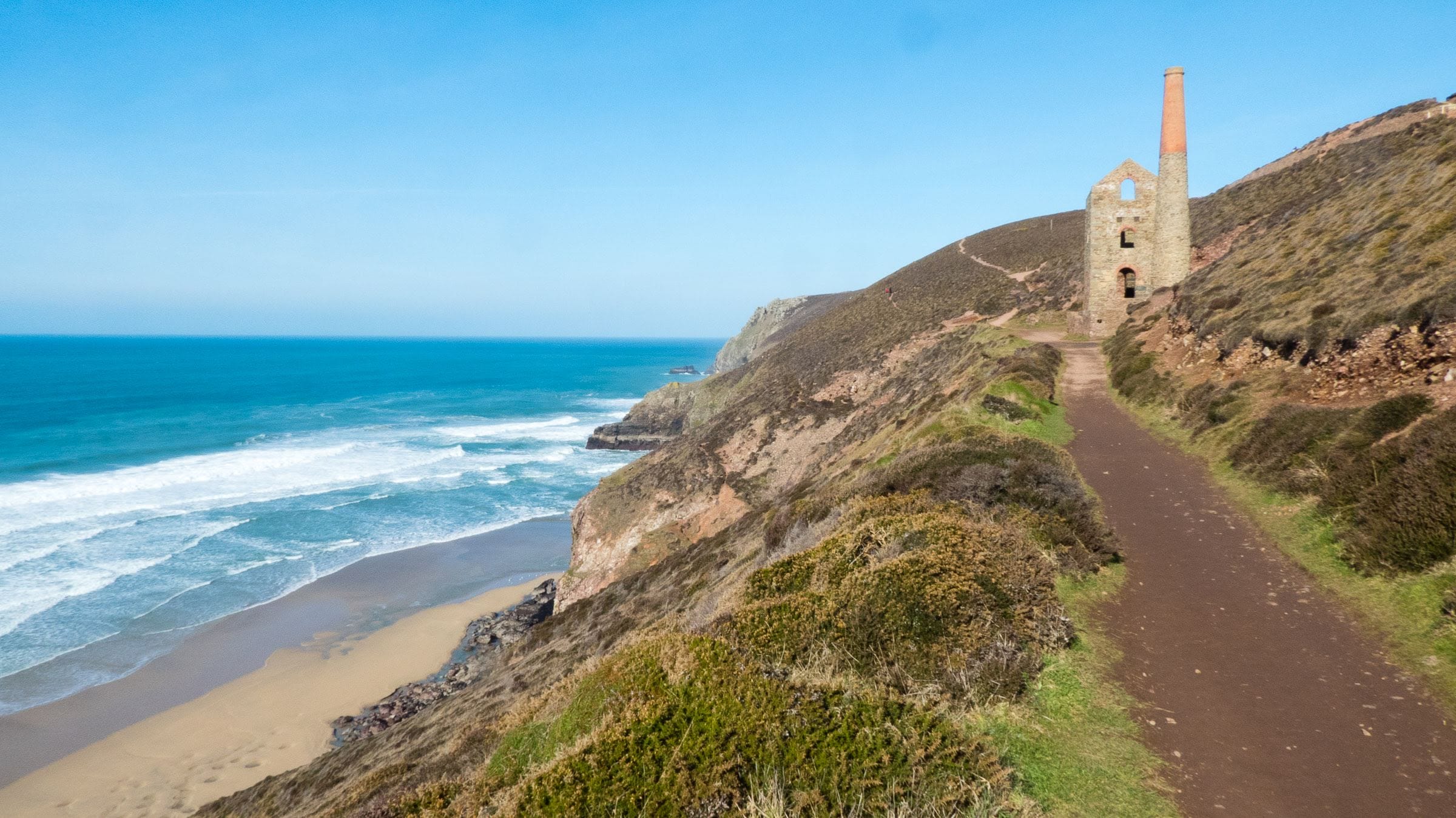
History of Cornwall’s Coastguards
With the development of England’s sailing fleet in the 17th century the country was able to project its power overseas as well as import many desirable goods. With more than enough ships to carry imports and exports some turned their attention to smuggling goods therefore Cornwall with its miles of craggy coastline and isolated beaches was prized as a destination. The growth of the Royal Navy and its skirmishes with Napoleon’s ambition meant that the cost of readiness on land and sea required increased taxes which fueled the growth in smuggling. Napoleon also deliberately promoted illegal trading to the point it depleted England’s gold reserves.
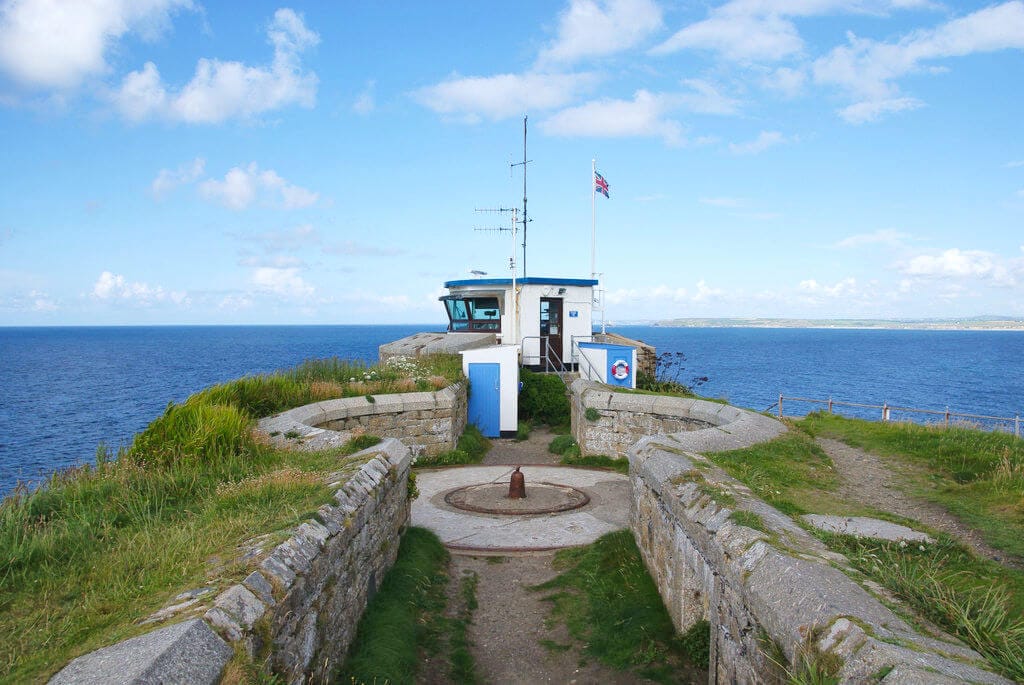
Goods such as silks, tea, tobacco and brandy were more frequently smuggled into the area than anywhere else and as a result the Cornish coastguards were employed to monitor illicit imports. Ironically we can thank the smugglers of centuries past for the development of one of Britain’s finest walking trails. In 1733, it was officially reported that 2,000 smugglers were prosecuted, 230 smuggling vessels seized, 250 customs and excise officers killed in the previous 10 years. In the period 1780-83 it was estimated that 13 million gallons of spirits and 21 million pounds of tea were smuggled. John Carter from Breage was perhaps the most famous smuggler. His nickname was the ‘King of Prussia’, and a line of cannons protected his base near Lands End. To this day the secret harbour he used is known as Prussia Cove.

Tintagel Castle
Tintagel Castle, supposed birthplace of King Arthur, 20 km (12 Miles) north of Padstow along the coast.
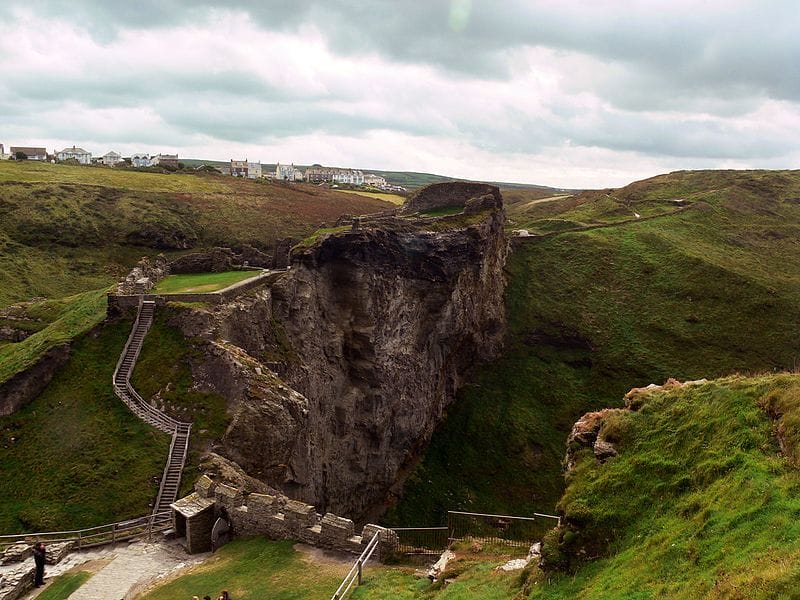
The Eden Project
The Eden Project, St Austell (23km, 14 Miles from Newquay) famous Eco park with an educational bias, where artificial biomes are full of plants from around the world.

Newquay
Newquay is a popular tourist town, known for it’s beaches, surfing, and nightlife. Some of the highlights include Trerice House and Gardens, an intimate Elizabethan manor just outside Newquay, and Newquay Zoo, home to over 1000 animals from around the world, including endangered species.
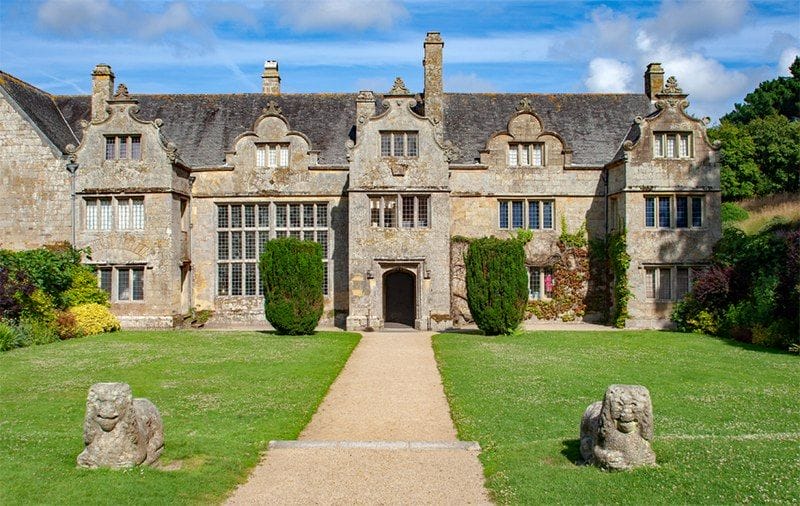
Paradise Park
Paradise Park is a wildlife park and bird sanctuary in Hayle (near St Ives). The park features several exhibits and habitats. and is home to over 1,200 birds and animals from around the world, including endangered species such as red pandas, red squirrels, and various exotic birds.

St. Michael’s Mount
A popular tourist attraction, this small tidal island is home to a medieval castle and church that can be accessed on foot at low tide. The castle dates back to the 12th century and was originally a monastery. The island is also home to some marvellous gardens, which house a variety of subtropical plants and flowers as well as several sculptures and art installations.

Art in Cornwall
In St. Ives the Tate Gallery celebrates the work of sculptor Barbara Hepworth, abstract painters Marlow Moss, Peter Lanyon, Sandra Blow and Patrick Heron. This cultural phenomenon started with the St Ives School where the term is often used to refer to the 20th century groups which sprung up after the First World War around such artists as Borlase Smart. There was also considerable artistic activity in St. Ives from the late 19th Century onwards.
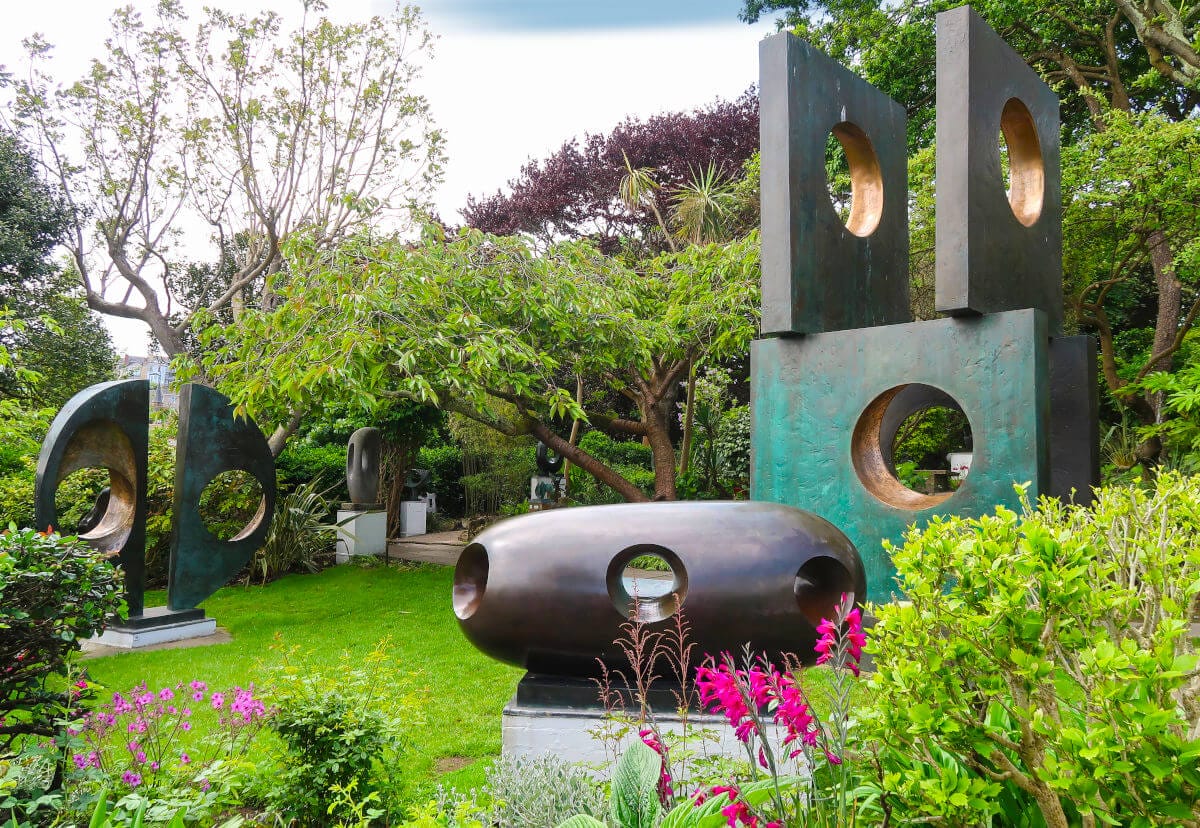
Minak Theatre
The Minack Theatre is an open-air theatre carved into a granite cliff at Porthcurno. Minack Headland was bought by Rowena Cade in the 1920’s. A keen amateur dramatist she became involved in local Shakespeare productions and while looking for a venue to stage “The Tempest” she offered her cliff garden as a venue. As a result the garden was upgraded by volunteers using dynamite and hand tools over the following years. Now it hosts over 200 performances a year with stunning views of Porthcurno Bay behind providing a spectacular backdrop.
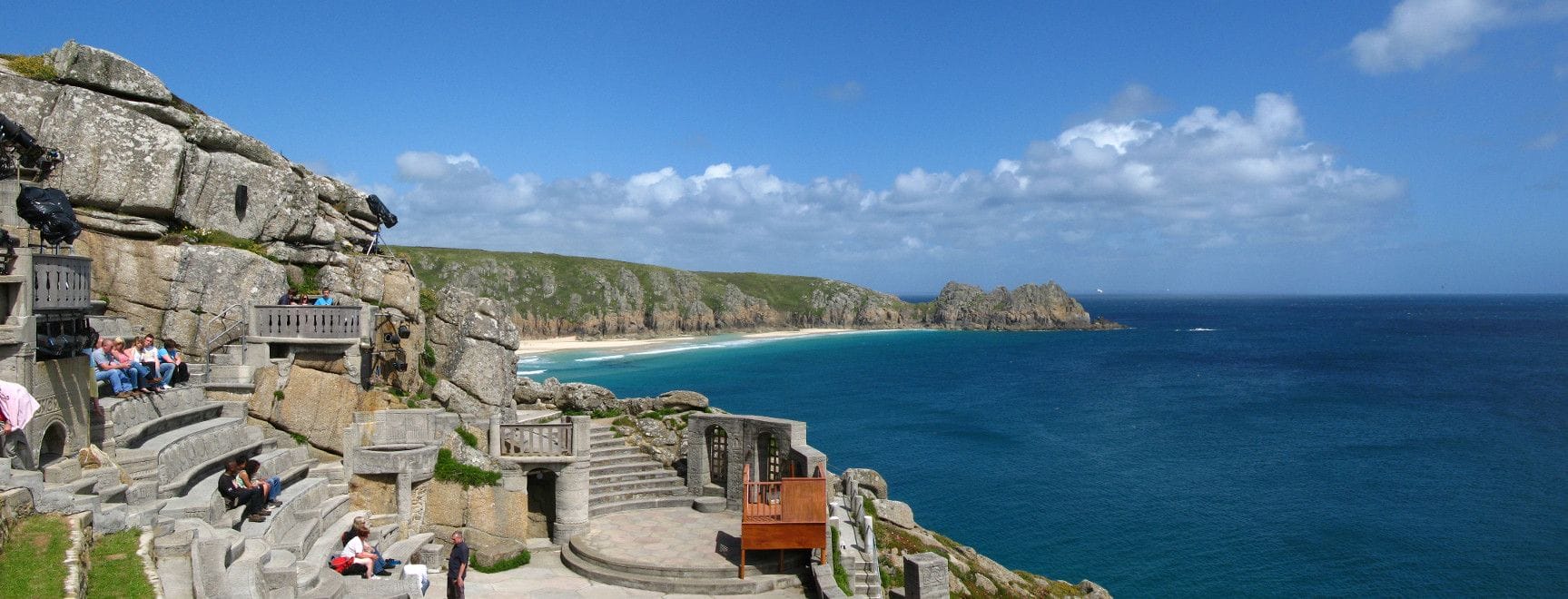
Food on the South West Coast Path from Cornish Pasties to Michelin Stars
A perfect warm pie for lunchtime, the Cornish pasty is traditionally made using a filling of beef, potatoes, onions, swedes (turnips) which is then wrapped in a fold over of pastry. This humble pie had to be robust enough to survive down the mines where it was a lunchtime staple. To be a true Cornish pasty it must be produced to the west of the River Tamar. There’s at least 120 million Cornish pasties made annually and it is so well known that it is now part of the UK’s everyday diet.
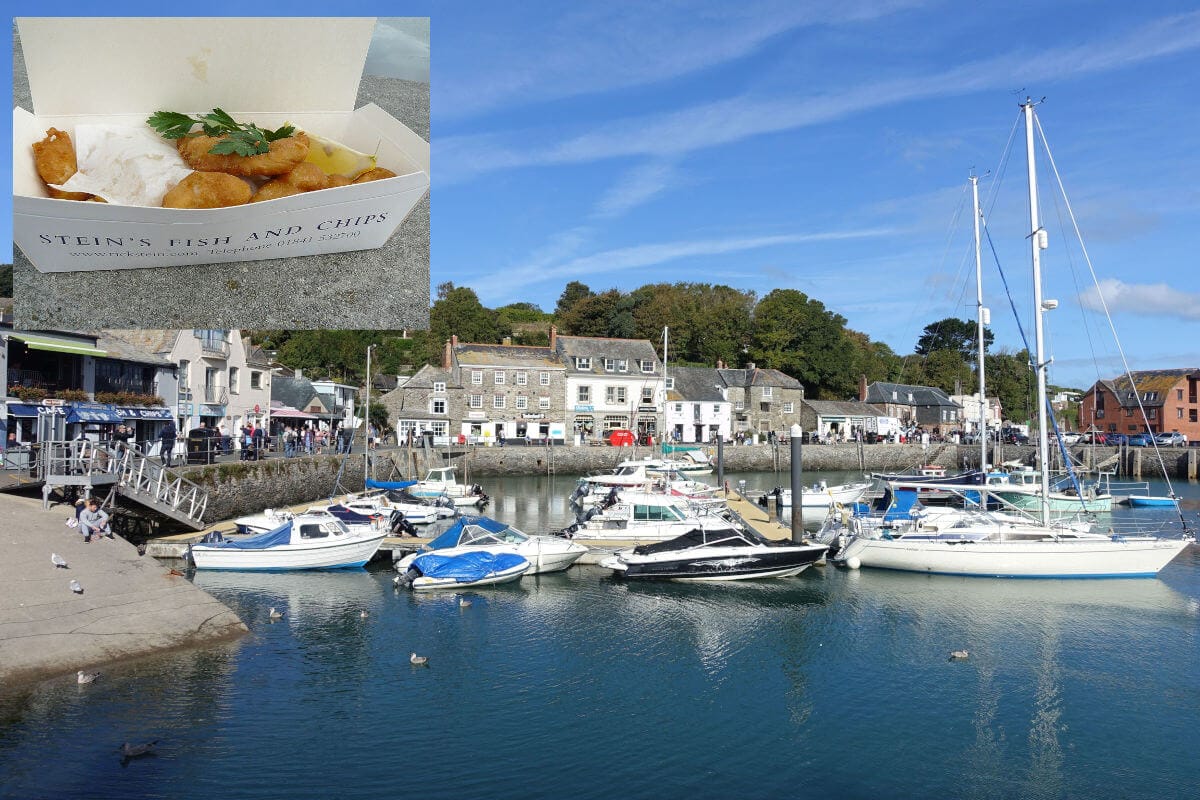
Cornwall’s reputation for good food has travelled the world but one fishing village surpasses all others for quality fare. Padstow with a population of under 3,000 people has 4 restaurants in the prestigious Michelin Guide. It’s most famous chef Rick Stein has 6 restaurants and cafes there! The guide also lists an incredible 43 restaurants for the whole of Cornwall while neighbouring Devon boasts just 22. Should you really want to treat yourself, Paul Ainsworth at No. 6 is the top restaurant in town with it’s Michelin Star, be warned they don’t like muddy boots and it is a touch expensive!
Land’s End
While this attraction does not feature on all of our itineraries, it is easily accessed by public transport and is quite a popular attraction – especially for those who love taking photographs of dramatic coastlines.
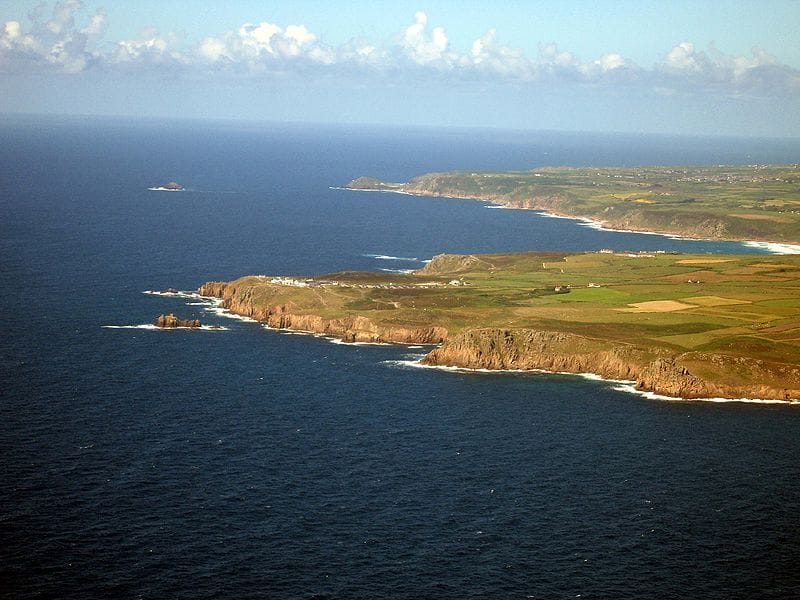
Wildlife
The South West Coast Path is home to a variety of wildlife. As a popular breeding ground for seabirds you may encounter puffins, gannets, razorbills and more. Hikers may be lucky enough to encounter marine wildlife such as seals, dolphins and basking sharks – you could even go dolphin watching from Penzance.
A rich variety of wildflower can be seen along the path, meadows, woodlands and heathland along with a number of different butterfly species.
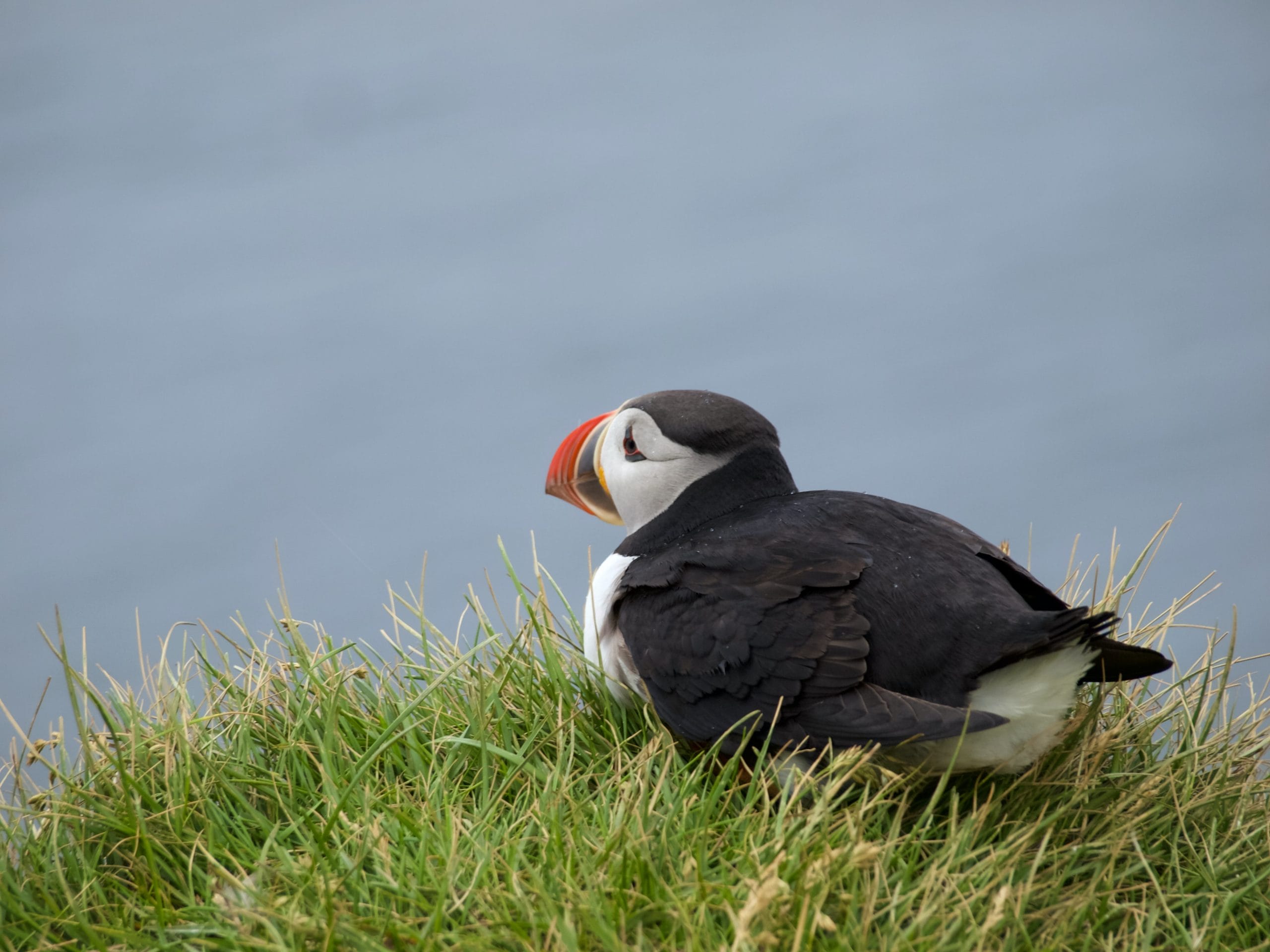
History of the South West Coast Path
Walking the path is one of the best ways to explore what makes Cornwall, a land of myth and legend, so unique and special. The trail passes through a number of historic sites, including Iron Age forts. This includes the spectacular clifftop fortifications at Tintagel Castle – the birthplace of King Arthur.
During World War II, the central section of the South West Coast Path was an focal point of the UK’s defence network, with a number of structures built along the coastline to protect against enemy invasion.
In addition hikers are often reminded of its industrial past in the form of quarrying, mining, lime burning, fishing and boat building. In acknowledgement of centuries of tin and copper mining, six areas adjacent to the South West Coast Path are now part of the Cornish Mining World Heritage Site.
The picturesque fishing villages along the trail have a rich maritime heritage and provide a glimpse into the traditional way of life along the coast.
Did you know?
The waters around the South West Coast path are also notorious for shipwrecks, and the coastline is dotted with the remains of these maritime disasters. One of the most famous is the wreck of the RMS Mulheim, where its ruins can be seen at Lands End.

South West Coast Path Pop Culture
Film and TV
Poldark
Poldark is a British historical drama series based in Cornwell. It is set in 1783, when Captain Ross Poldark returns from the American War of Independence to find his father has died, his estate is in ruins and his childhood sweetheart is engaged to another man. Filming locations include St Agnes Head, Holywell Bay, Pirthcothan Beach and Padstow.

Coastal Path
A 2016 BBC series about the trail.
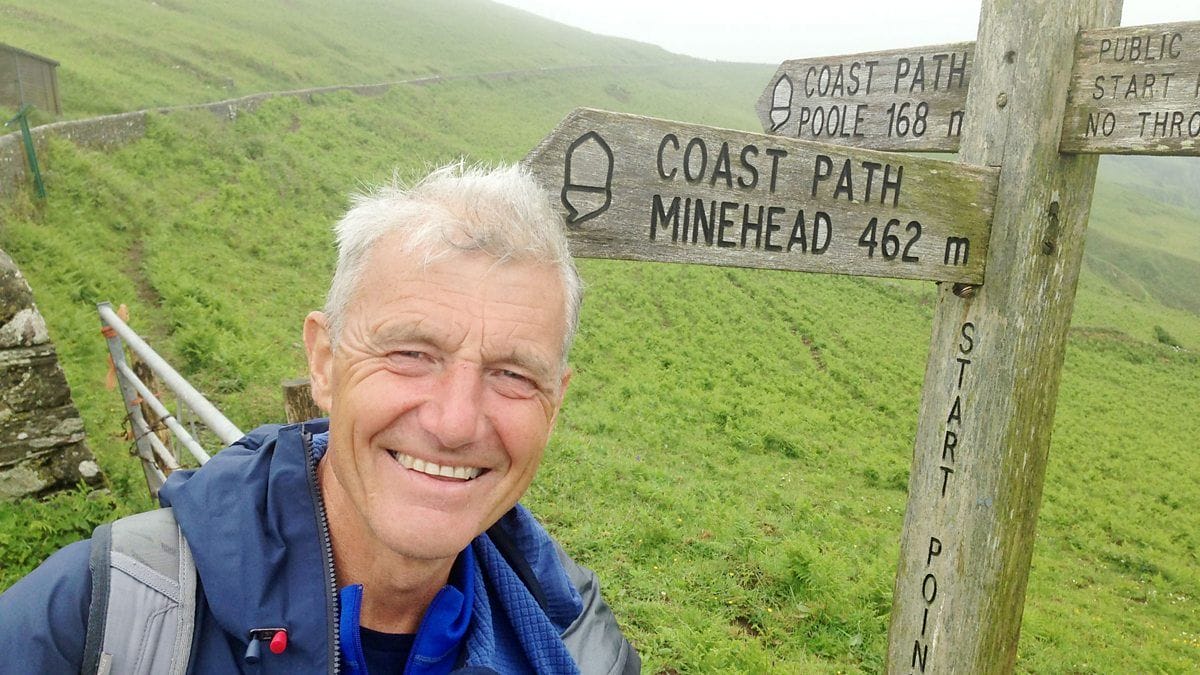
The Beatles – Magical Mystery Tour
The Fab Four’s 1967 movie had scenes filmed on locations along the South West Coast Path.

The Witches
The scary 1990 children’s film was shot partly in Newquay.

James Bond – Die Another Day
Agent 007 spent some time here in 2002 whilst filming the very snowy looking ‘Eden Project’ pictured below. Another South West Coast Path location used during shooting this Bond movie was Holywell Bay.

House of the Dragon
The Game of Thrones prequel from 2021 used St Michael’s Mount, Holywell Bay in some of it’s scenes. If you are a fan of George R.R Martin’s work, check out our blog post about the Antrim Glens and Coastline hiking trail which was another location used to film some scenes from the original Game of Thrones series.

Books and literature
For such a poor and remote part of England, Cornwall has inspired a notable number of celebrated authors. The Poldark series of books by Perranporth’s Winston Graham detail the adventures of British Army officer Ross Poldark who returns to his native Cornwall after the American War of Independence. With 12 books in the series it has inspired two large TV productions including one starring Irish actor Aidan Turner. The beefy cast drew in as many as 7 Million viewers and has inspired even PBS to publish a helpful men of Poldark explainer.
A Literary Gem

William Golding author of “Lord of the Flies” and Nobel prize Winner was a Cornwall native. He was born in Newquay and died in Perranarworthal. A school headmaster in Salisbury he was inspired to write the book because of the extreme behaviour of some unruly pupils.
Despite being relatively unknown in her native Britain, Rosamunde Pilcher has sold over 60 million copies of her romance genre novels. She is especially popular in Germany because the national television station ZDF has produced many of her books into movies.

Daphne Du Maurier spent her summers as a child in Fowey on the south coast of Cornwall and set many of her books there. Her most famous book “Rebecca” was made into a movie by Alfred Hitchcock. He also based his movie “The Birds” on her short story as well as his 1939 movie “Jamaica Inn”.
DH Lawrence lived in Tregerthen Cottage in Zennor during World War 1, inspired by Cornwall’s Celtic connections with its language and pre-Christian monuments his works featuring the area, The Fox (1918) and Kangaroo (1923), were written after he left. Suspected of spying for Germany by signaling to U-Boats, he had to leave Cornwall with three days notice under the terms of the Defence of the Realm Act.
Poet Laureate, Sir John Betjeman was inspired by the beauty of Daymer Bay when he lived in Trebetherick . He is buried at St. Enodoc Church. He was also enamored by the Celtic connection Cornwall had with its language and culture to the point that he believed it was not part of England.
Thomas Hardy while an architect in Bocastle was inspired to write “A Pair of Blue Eyes” after his courtship with a local girl.
Thomas Hardy while an architect in Bocastle was inspired to write “A Pair of Blue Eyes” after his courtship with a local girl.
The Salt Path – Raynor Winn
Raynor Winn and her husband invested in a business recommended by a friend only to find one day when that business was in financial trouble that they had signed a contract making them liable for all its debts. Within a head spinningly short amount of time as well as losing their savings they lost their house. A final legal verdict copper fastened the situation but their trouble didn’t stop there. Her husband discovered that he was suffering from a degenerative disease that would drastically affect his life. As they were made homeless they decided to follow the South West Coast Path and trusted the future enough that step by step something would turn out right. The Salt Path recounts the trail and the many good people she met along the way as well as how she rebuilt her life. A movie of the book is also in the pipeline.
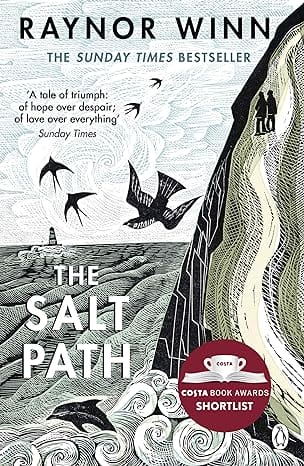
Peril at End House – Agatha Christie
Agatha Christie brings her beloved character, detective Hercule Poirot to Cornwall for this tantalising murder mystery novel.

The Summer Isles Philip Marsden
A deep, personal journey from Cornwall to the Hebrides in Scotland takes a man on a voyage of self discovery, myth and mystery.

Food and Drink
Cornish Pasty
Originally created as a convenient and portable meal for local miners to take to work, this functional yet delicious treat consists of a pastry shell filled with beef, potato and vegetables. Miners were able to hold it by the folded crust, which would then be discarded as it was often contaminated with arsenic. Today these tasty pastry treats can be found in many bakeries and cafés throughout the UK. Since 2011, the Cornish Pasty has Protected Geographical Indication status in Europe. Hayle, also known as “pasty capital of the world”, has no less than six pasty shops in its town.
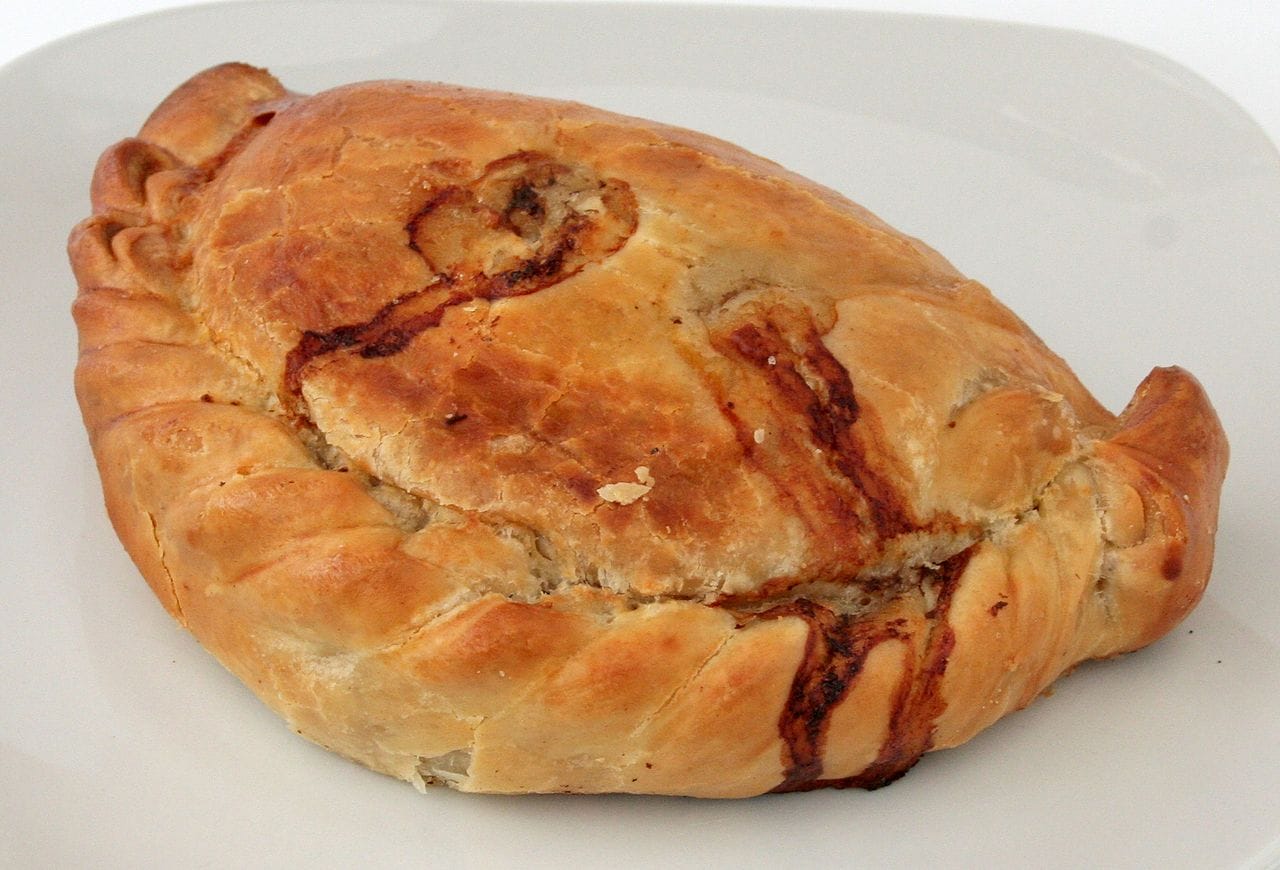
Cornish Ice Cream
Cornish ice cream is a type of ice cream that originated in Cornwall, where the South West Coast Path is situated. It is known for it’s rich creamy texture that is made from high quality milk and cream sourced from local farms in surrounding areas.
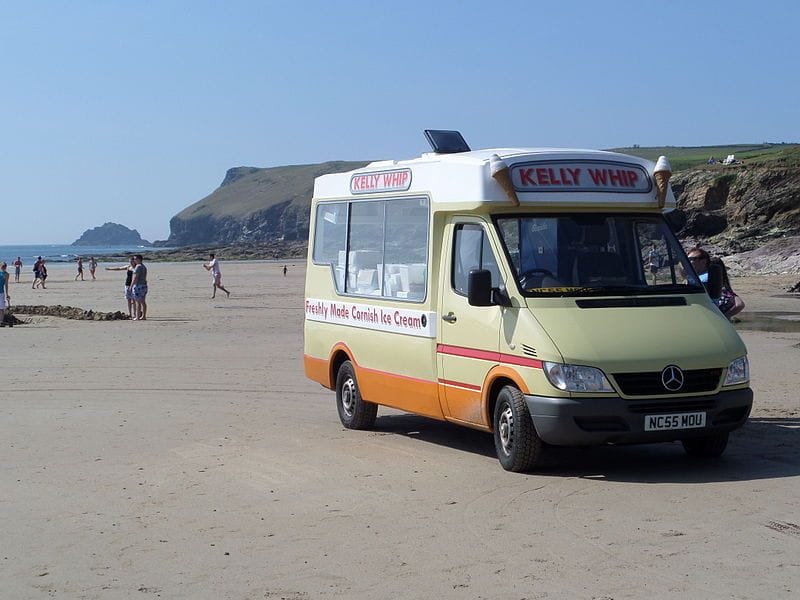
Clotted Cream
Originally made by farmers to reduce the amount of waste from their milk, clotted cream has become deep-rooted in the culture of southwest England where farmers in Cornwall & Devon are believed to have been the first to develop it. Clotted cream (sometimes called scalded, clouted, Devonshire or Cornish cream) is a thick cream made by heating full-cream cow’s milk using steam or a water bath and then leaving it in shallow pans to cool slowly. During this time, the cream content rises to the surface and forms “clots” or “clouts”, hence the name. A delicious addition to a jam scone – you can thank us later!

Cornish Cyder
Cornish Cyder is very much like cider from other parts of the world, but they spell it in Ye-Olde-English, a pseudo-Early Modern English phrase that was used to suggest a connection between a business or product and Merry England! A popular well-known Cornish Cyder would be Healy’s Cornish Cyder (as pictured below).

Fish
Being a coastal path, an abundance and wide-variety of fresh fish can be sampled along the way. The coastal waters around Cornwall are rich in a seafood such as cod, haddock, plaice, sole, mackerel and sardines to name but a few.
Steak and Kidney Pie
Arguably England’s most popular comfort food, this traditional pastry crust filled with chunks of succulent steak, kidney and gravy is a must-try when visiting England. Don’t be surprised to see various other types of pies with different fillings!
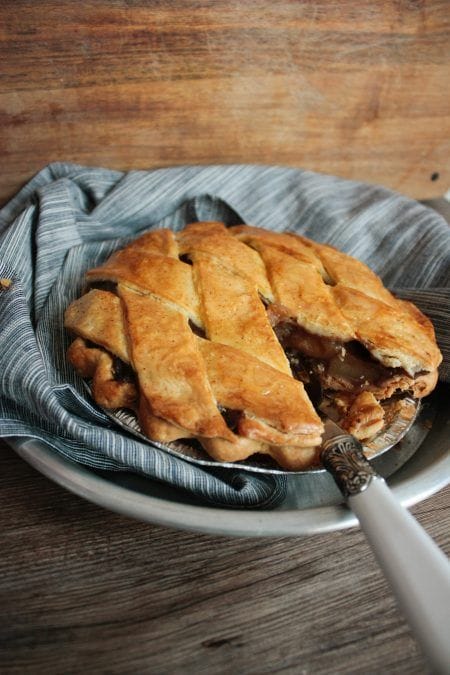
Ale
Not only do the English love their Ales, they are a beer brewing country now for thousand of years! Their ales, top fermented cask beer, are usually left to finish maturing in the cellar of the pub itself rather than at the traditional brewery. The naturally carbonated beer styles include brown ale, pale ale, bitter and mild. A great way to quench your thirst along the South West Coast Path.
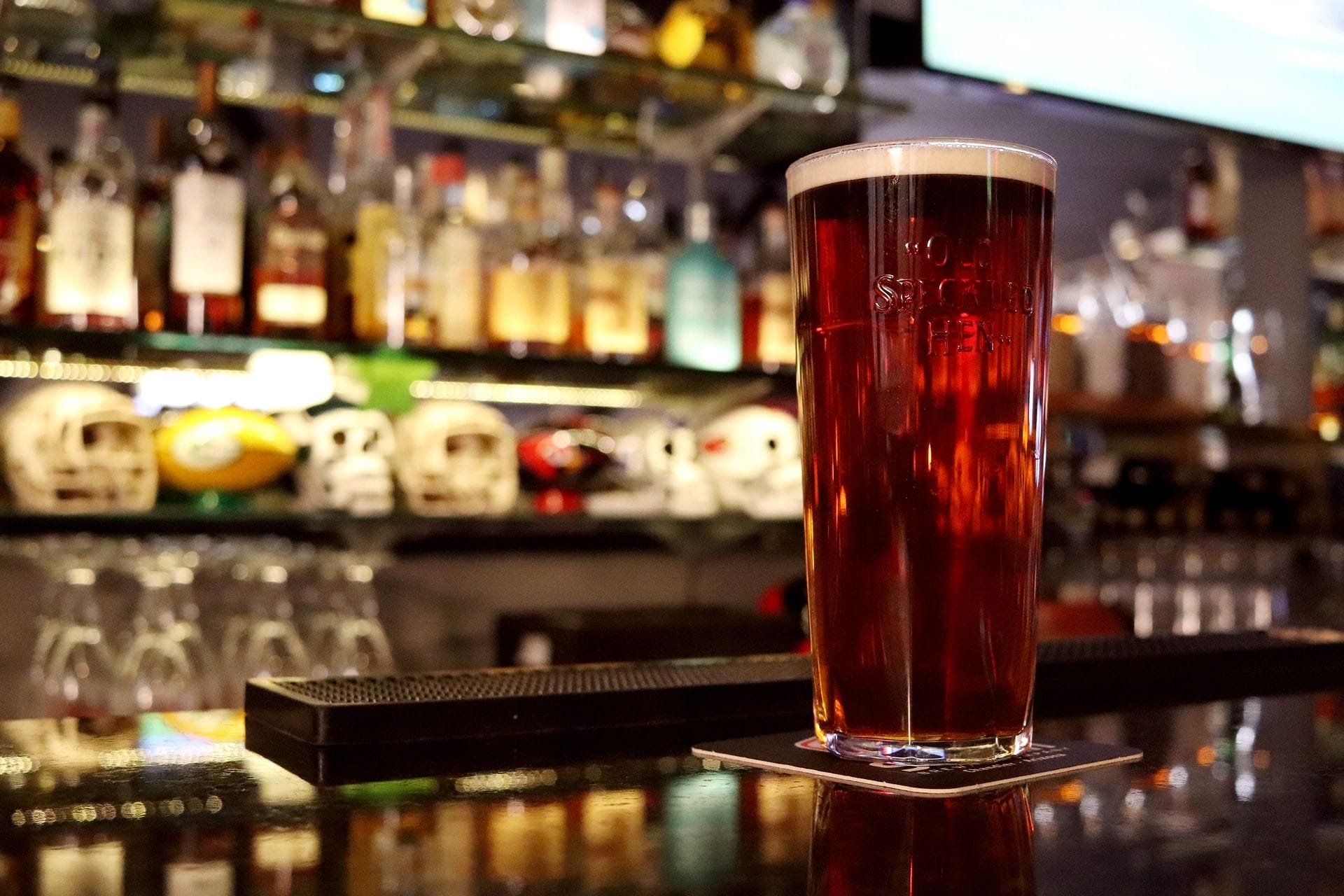
Cornish Breakfast
A full Cornish breakfast has – eggs, bacon and sausages, fried bread and beans, mushrooms and tomato, fried potato and Hog’s Pudding, a Cornish specialty, which is similar to white pudding but spicier as it contains black pepper, cumin, basil and garlic.
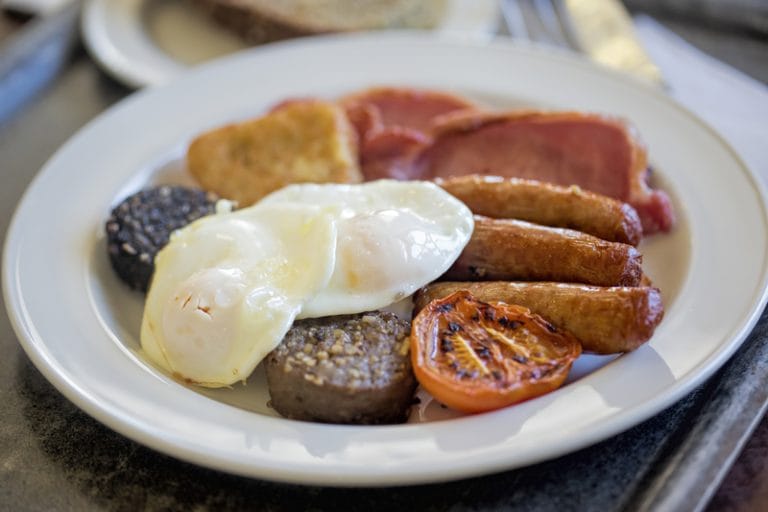
Roast Dinner
This popular dinner choice typically consists of roasted meat, roasted potatoes, vegetables accompanied with Yorkshire Puddings, gravy and stuffing. Although it can be eaten on any day of the week, it is traditionally eaten across England on a Sunday.
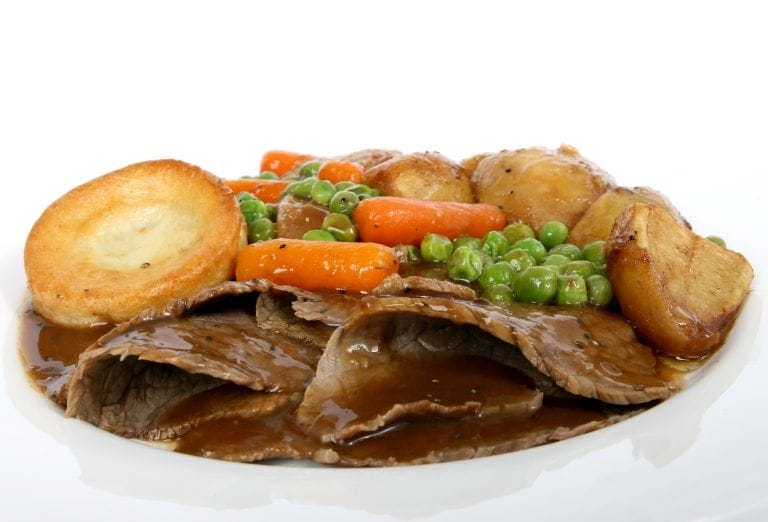
Is the South West Coast Path Vegan Friendly
The vegan diet has become more and more popular throughout Europe in recent years, and you will find that there are plenty of vegan options available in most eateries. Each of the accommodation we work with at Hillwalk Tours have given us their guarantee that vegan breakfasts will be catered for once they have been informed. That being said, some of the more rural locations of the trail may have limited options so we advise bringing certain items such as plant-based milk, nut butters or protein powders if you so choose.
In addition, the following apps show restaurants which offer vegetarian and/or vegan options:
Nearby Trails
There are various other English trails available to you once you have completed South West Coast Path. Here are the other Hillwalk Tours English hiking tours we offer:
South West Coast Path Tips and FAQs
Probably one of the most common questions asked when hiking the South West Coast Path or any trail for that matter is – what will I pack?
Once you have fully booked your Hillwalk Tours hiking holiday, you will receive a detailed ‘recommended equipment’ list inside your Walking Pack. For those who are still unsure of what to bring, here are some of the things we advise you bring with you along the South West Coast Path:
– Waterproof Clothing
– Fleece and other warm clothing
– Base Layer
– Light, comfortable Trousers
– Wicking Socks
– Suitable Hiking Boots
– Backpack/Rucksack
– Hat and Gloves
– First Aid Kit and Foil Blanket
– Whistle and Torch
– Insect Repellent
– Mobile Phone
– Plug Adapter/Converter
For more on what to pack – check out these packing musts.
Yes, you are allowed to bring your dog on the South West Coast Path, but that said, you must keep a close eye on your furry friend as you will be passing through fields with livestock.
As most of the accommodation we work with in this area don’t accept pets of any kind, it is not possible to bring any pets, such as your dog, on a Hillwalk Tours hiking holiday.
As it is such a popular National Trail, you will never be alone as such while walking the South West Coast Path. You will always meet people along the way with the only exception of course being in the depths of winter.
If you experience any difficulty or an emergency of any level, it is advised that you phone the relative emergency services on 999 or 112. It is also important to note that mobile/cell phones can call this number with or without mobile/cell phone reception.
For those who have fully booked their Hillwalk Tours hiking holiday on the South West Coast Path we provide 24/7 on-call support to all of our customers and you will also receive a detailed description on how to remain safe on your hike.
Yes, many people chose to take the South West Coast Path as a solo hike. Asa result of its popularity, the trail is also deemed safe for female solo hikers.
We believe that the beauty of the English countryside should be enjoyed by everyone. With this in mind, we have designed our hiking tours to cater for practically all levels of fitness. Our range of ‘Gentle’, ‘Moderate’ and ‘Challenging’ hikes in all regions allows you to decide how far you wish to walk each day and the pace you set. So, whether you are a novice walker or an experienced hiker, we always have a tour to suit you.
No, as it is designed as a long distance walking route, you will frequently come across terrain specifically for walkers. It might be best to leave the bike at home this time!
Generally, our tours take place between the months of March to October to hopefully allow for good, dry weather and longer days of daylight while you carry out your tour. This will hopefully ensure that you enjoy your hiking experience with us to the fullest. You can also check out the individual tour page for the South West Coast Path on our website.
Our 7-Day tours include 6 nights of accommodation – specifically the first 6 nights on your hiking tour. Your tour finishes on the seventh day when you check out of your last accommodation.
To ensure you’re fully equipped and informed throughout your trail we provide a very informative ‘Walking Pack’ that you take with you on your trail. This pack has every detail you will need to successfully finish your trail without any disruption. We advise that you carefully look through this pack before embarking on your journey so that you have some sort of idea of where you’re going and what you will entail throughout the journey. Included in this pack is as follows;
– Route notes (prepared by a member the Hillwalk Tours team who has walked every step of your tour)
– Detailed hiking map(s)
– Waterproof map-case
– A sneak-peak at where you will be staying
– Our tips on the most interesting attractions to visit along the trail
– A look at fascinating local history
– A guide to the best places to eat and drink
– Mountain safety information, emergency contact details & the country code
South West Coast Path Image Gallery

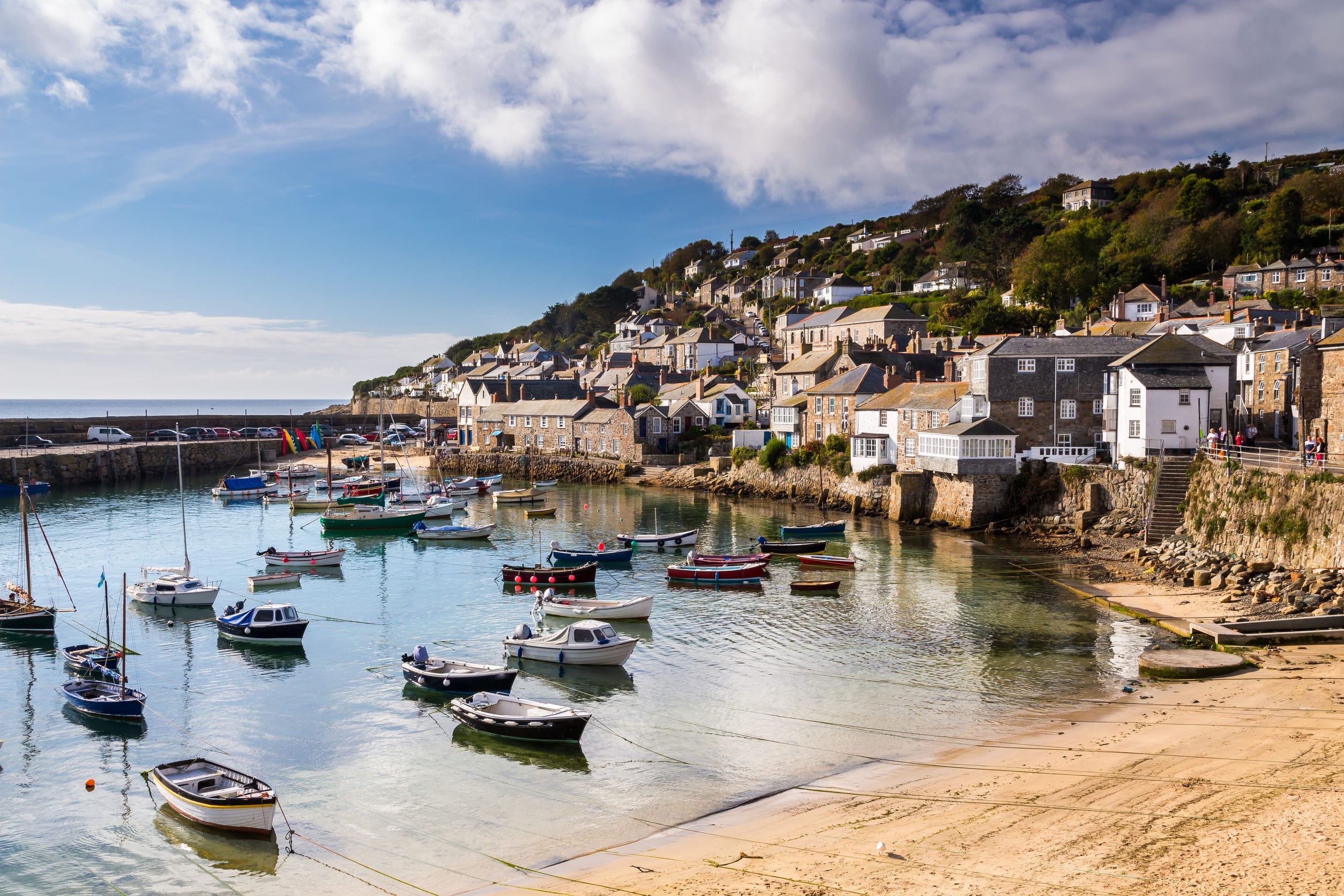
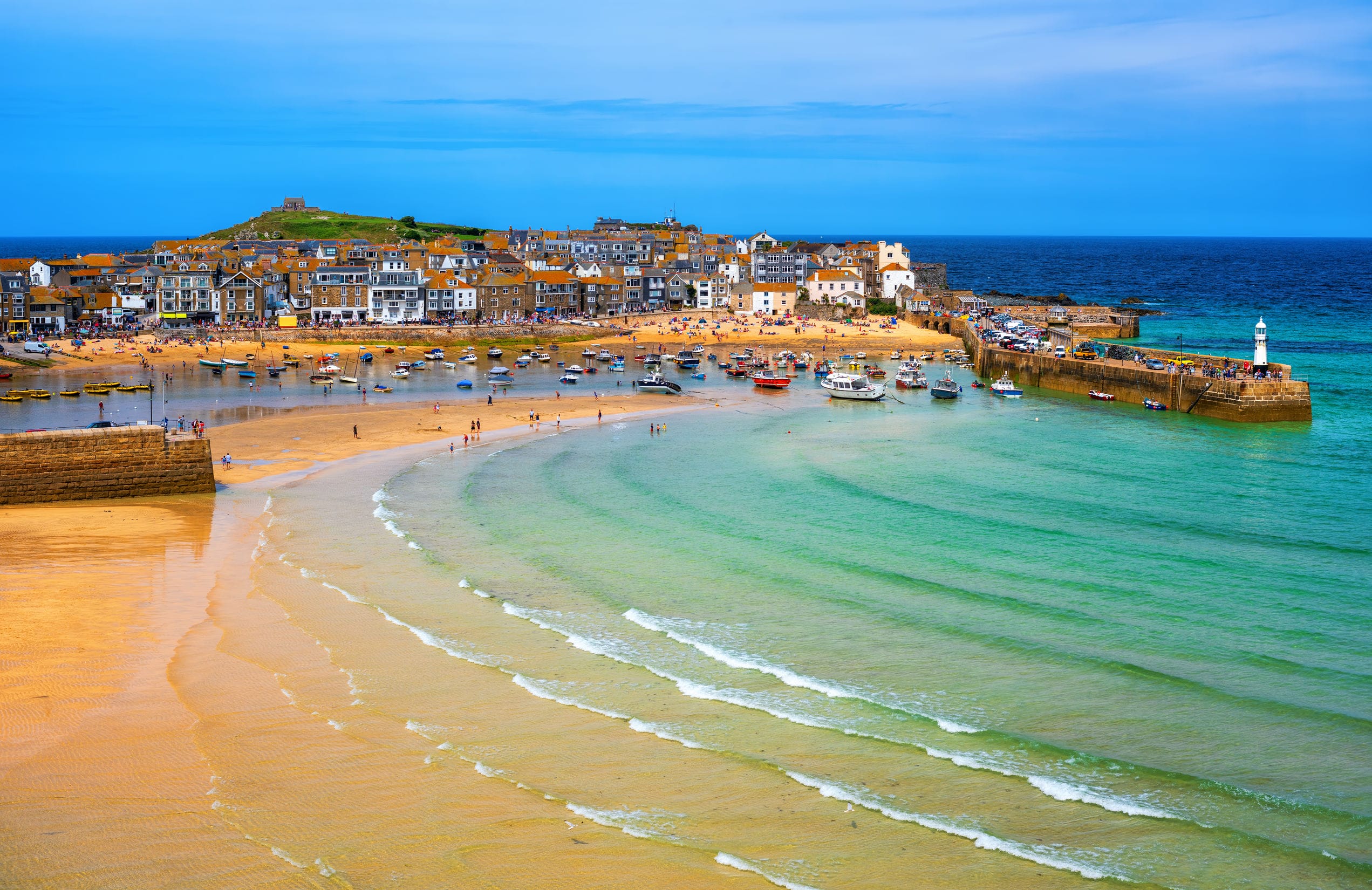
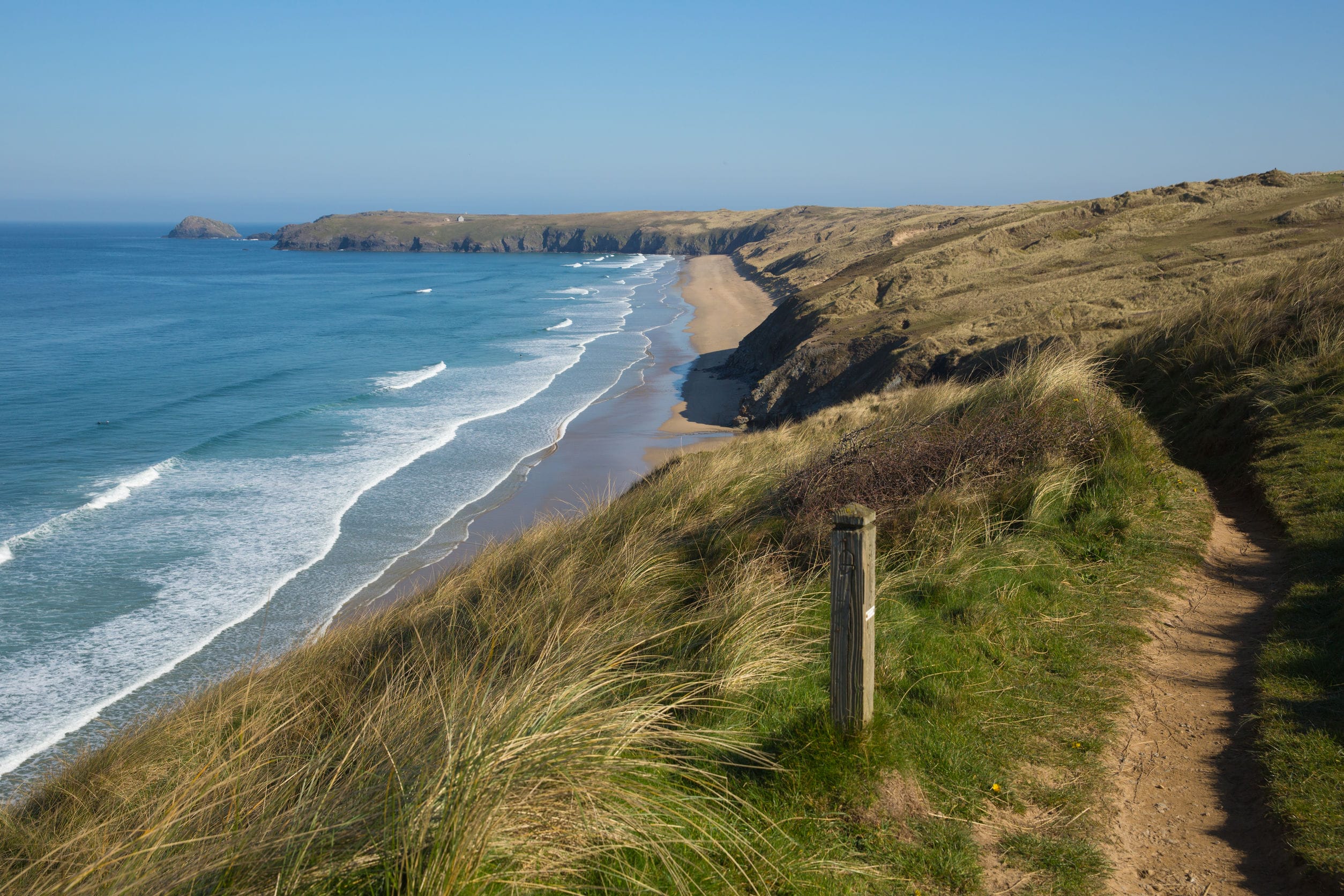
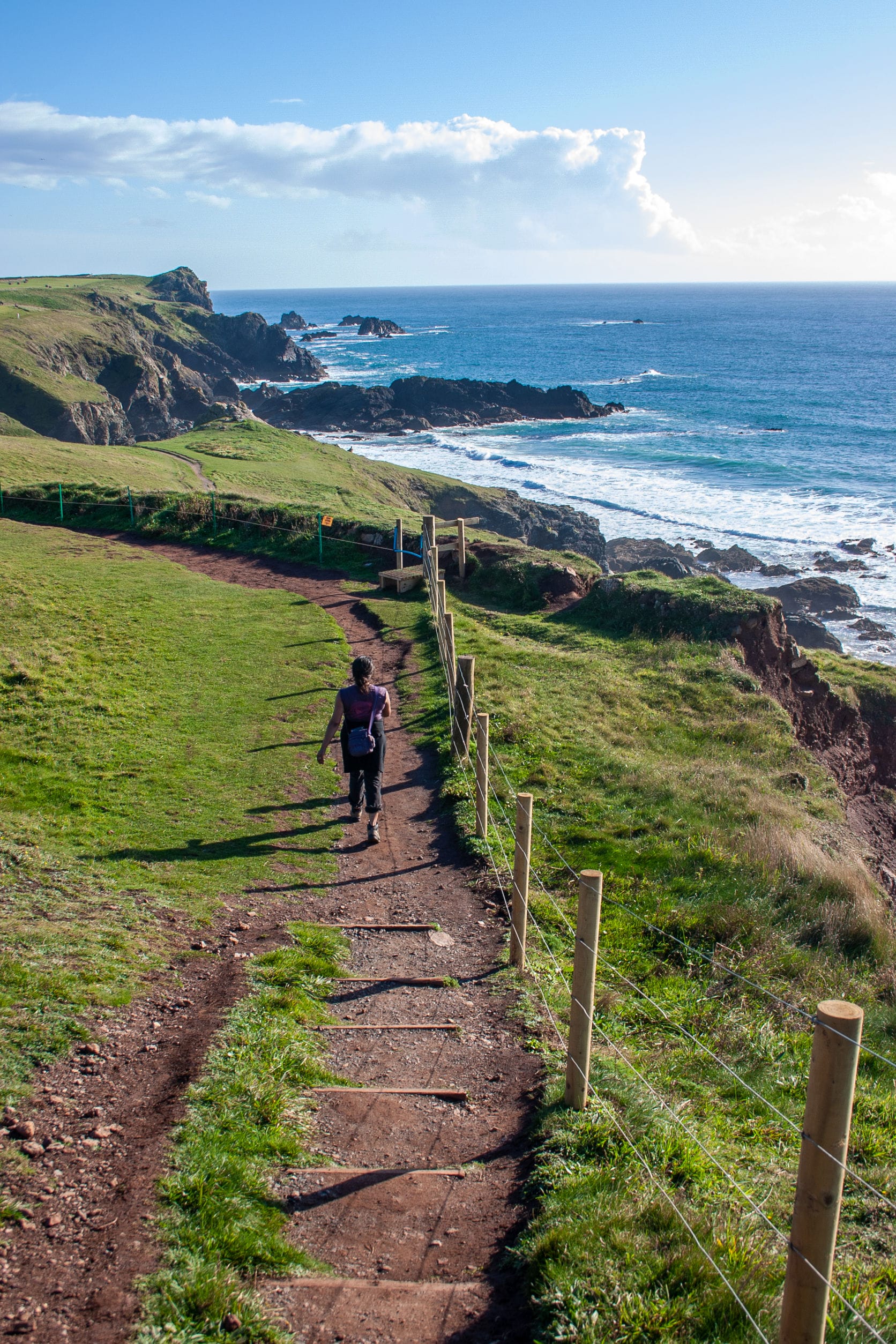





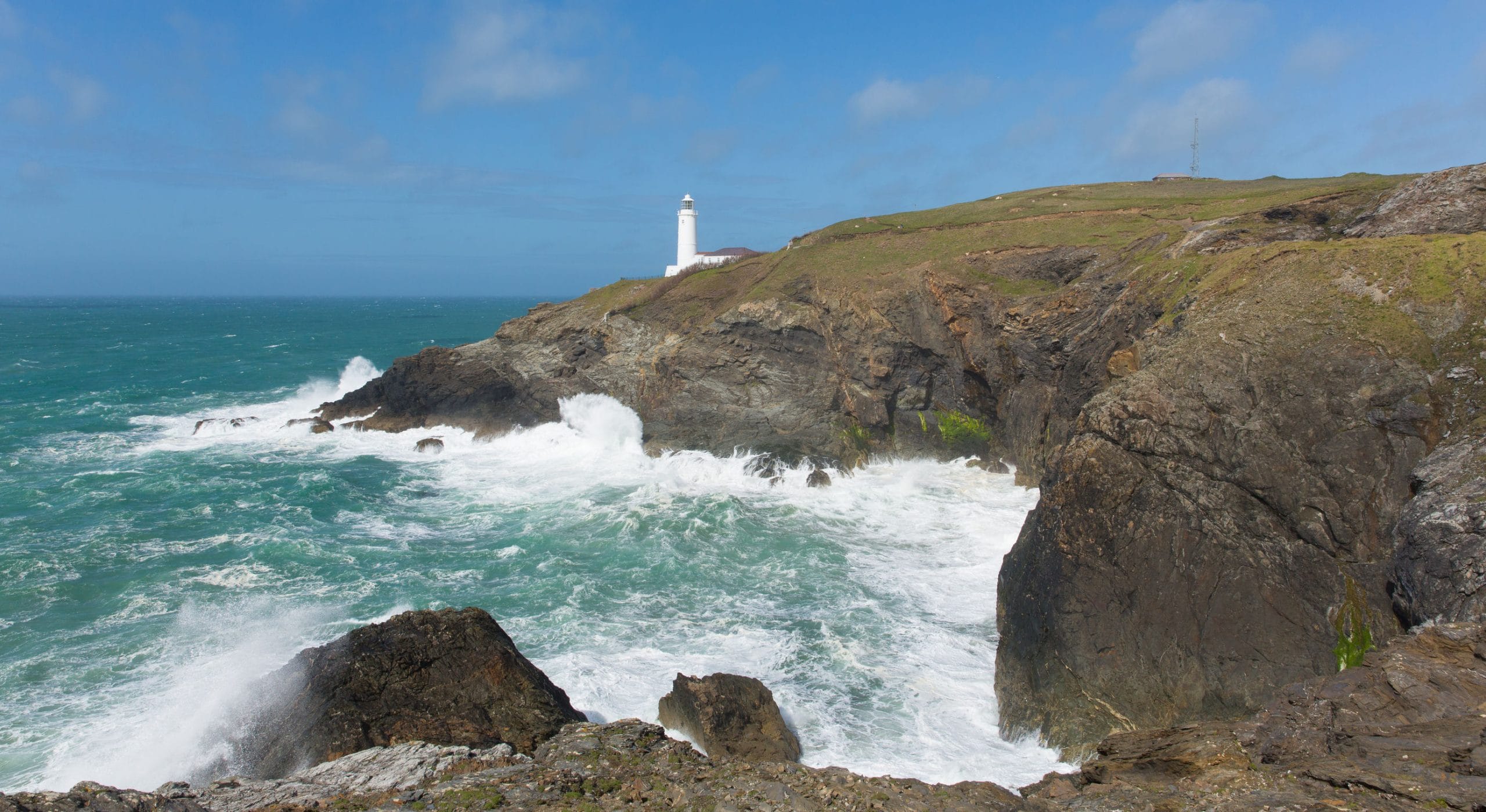
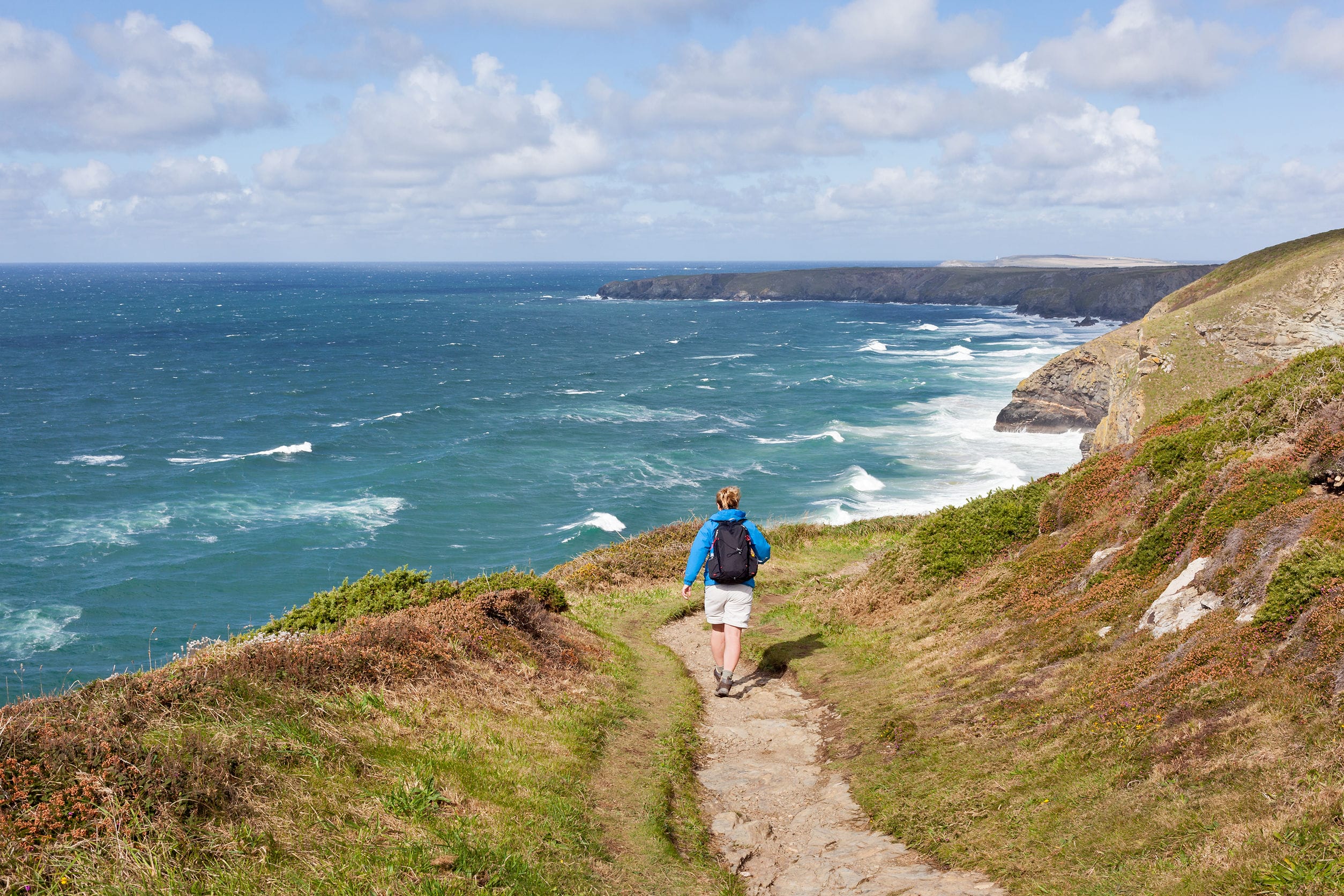
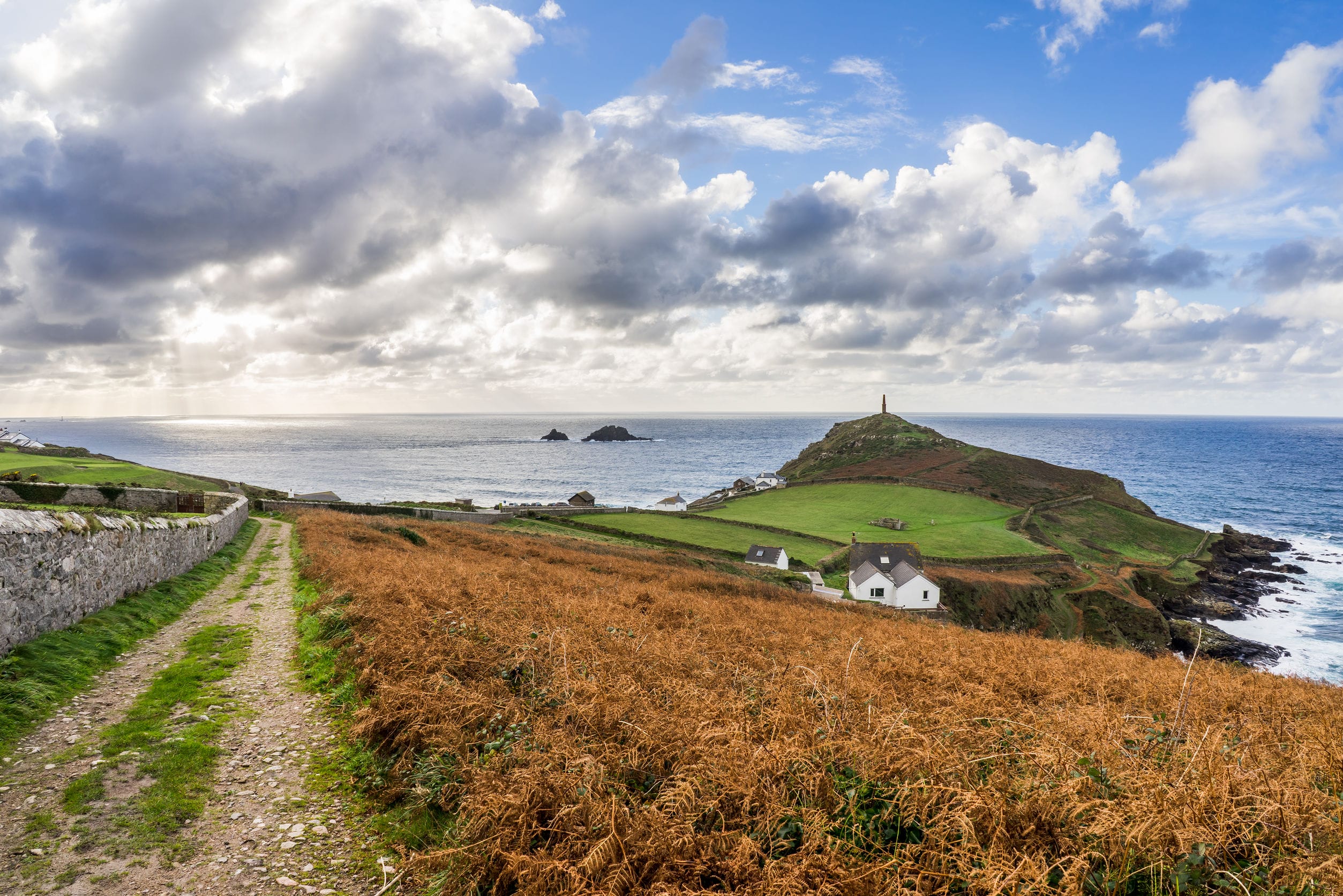
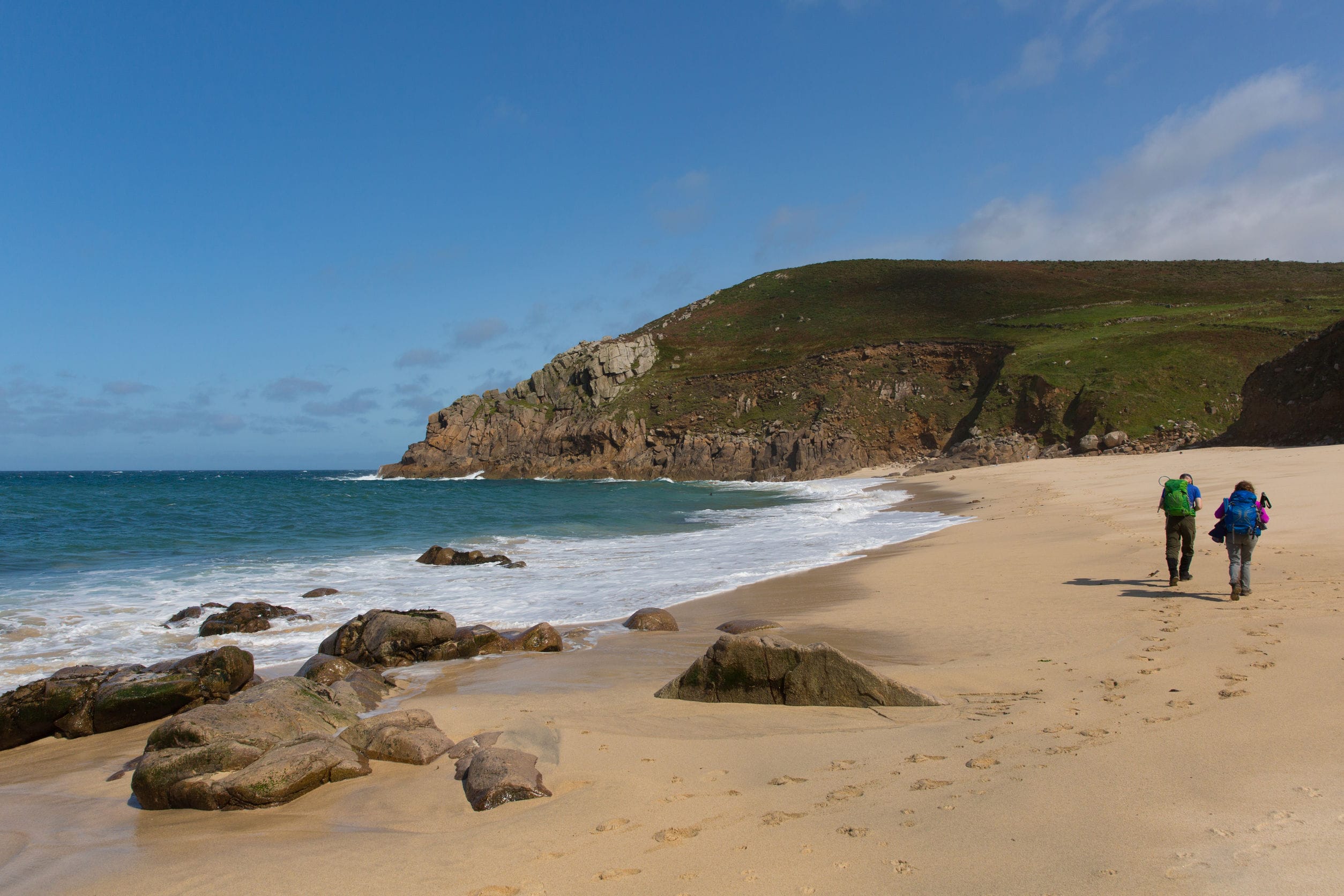
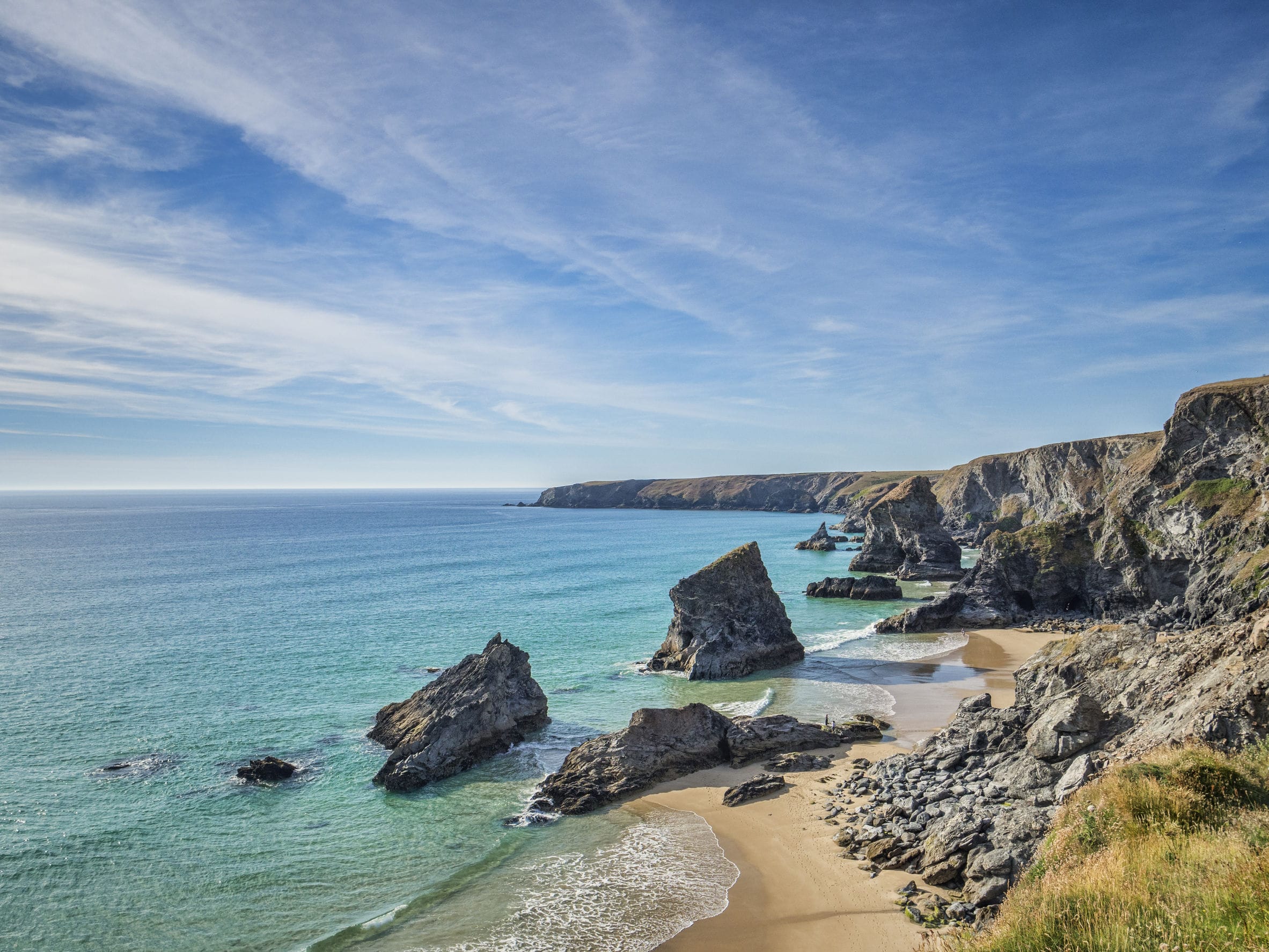
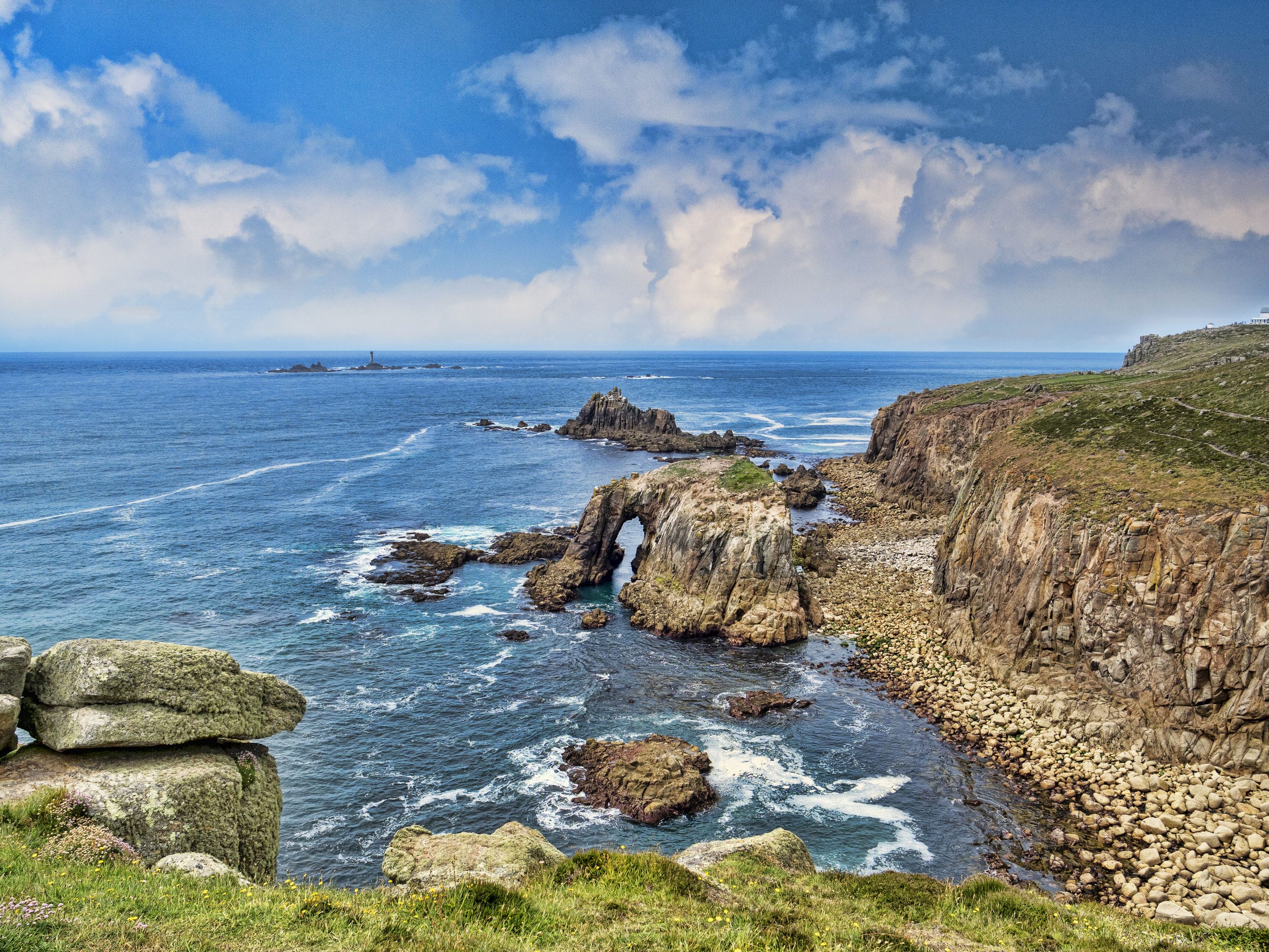
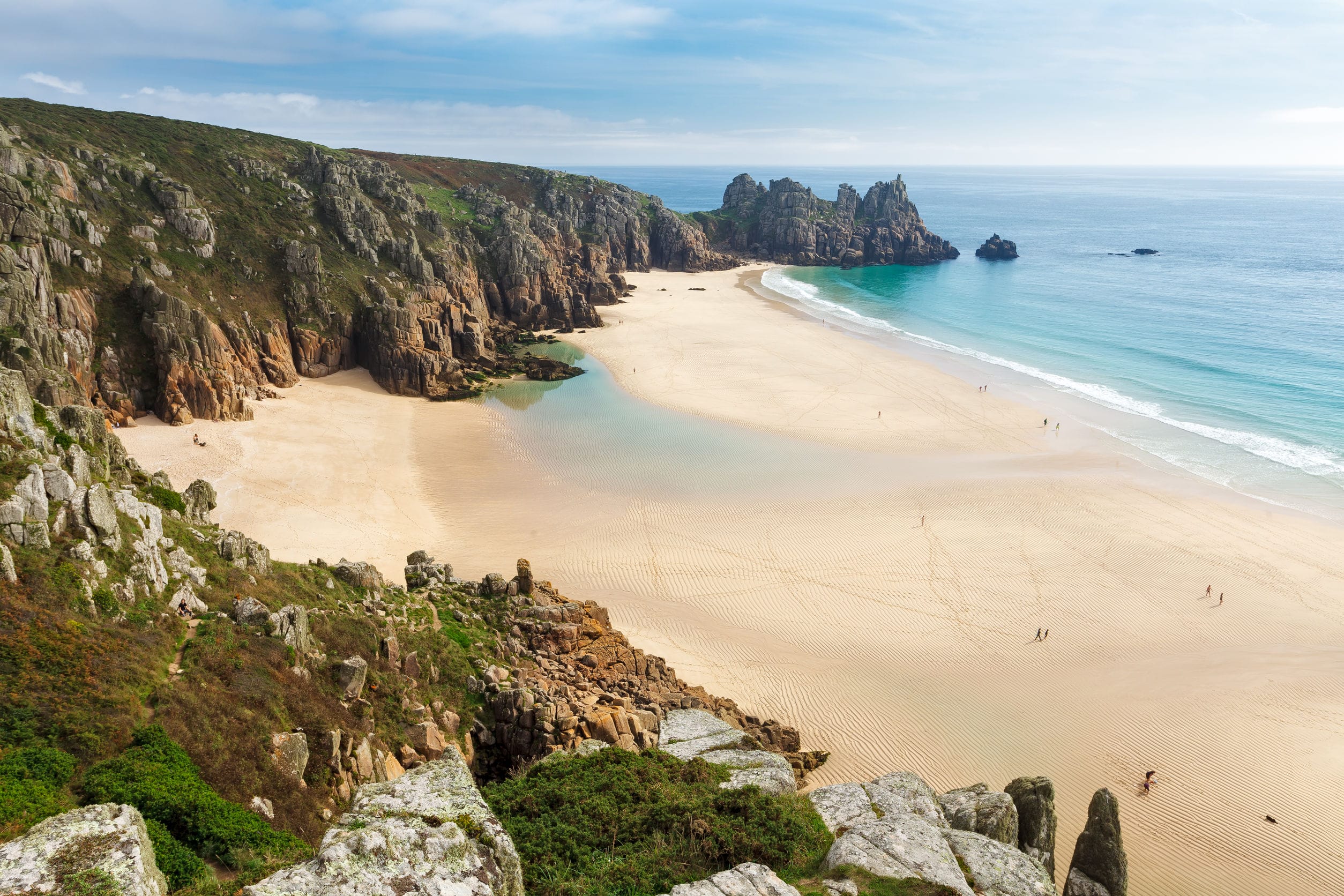
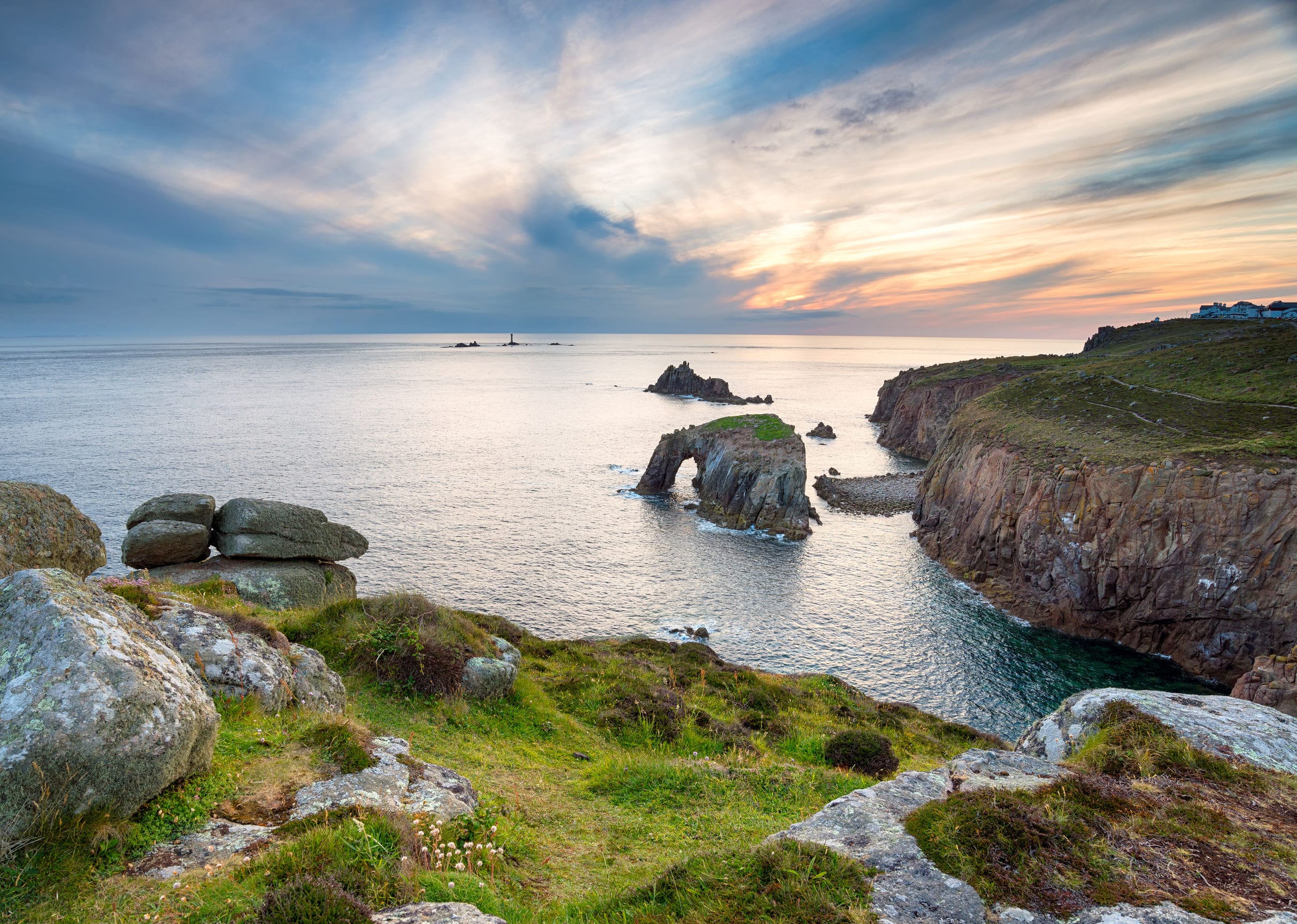
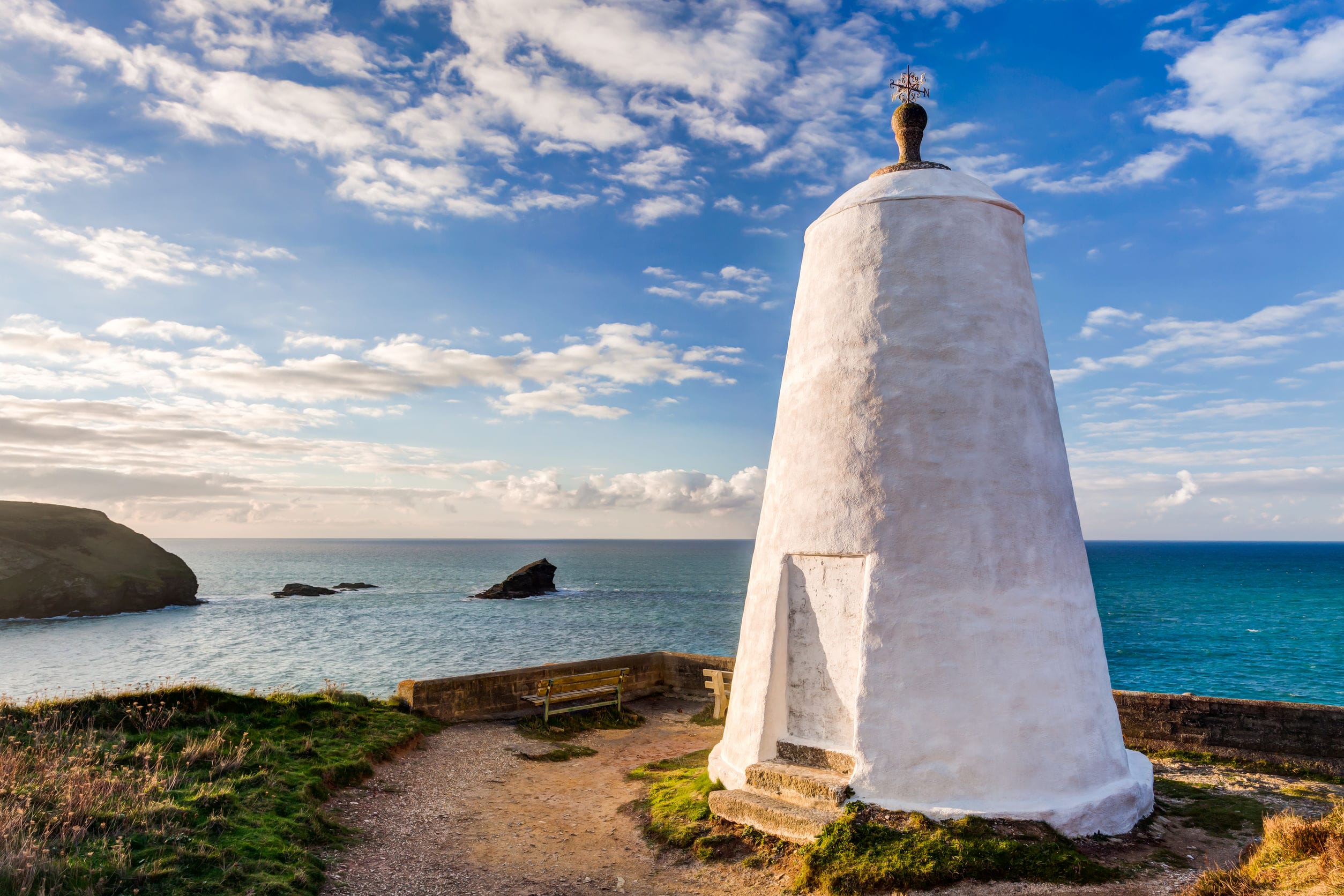
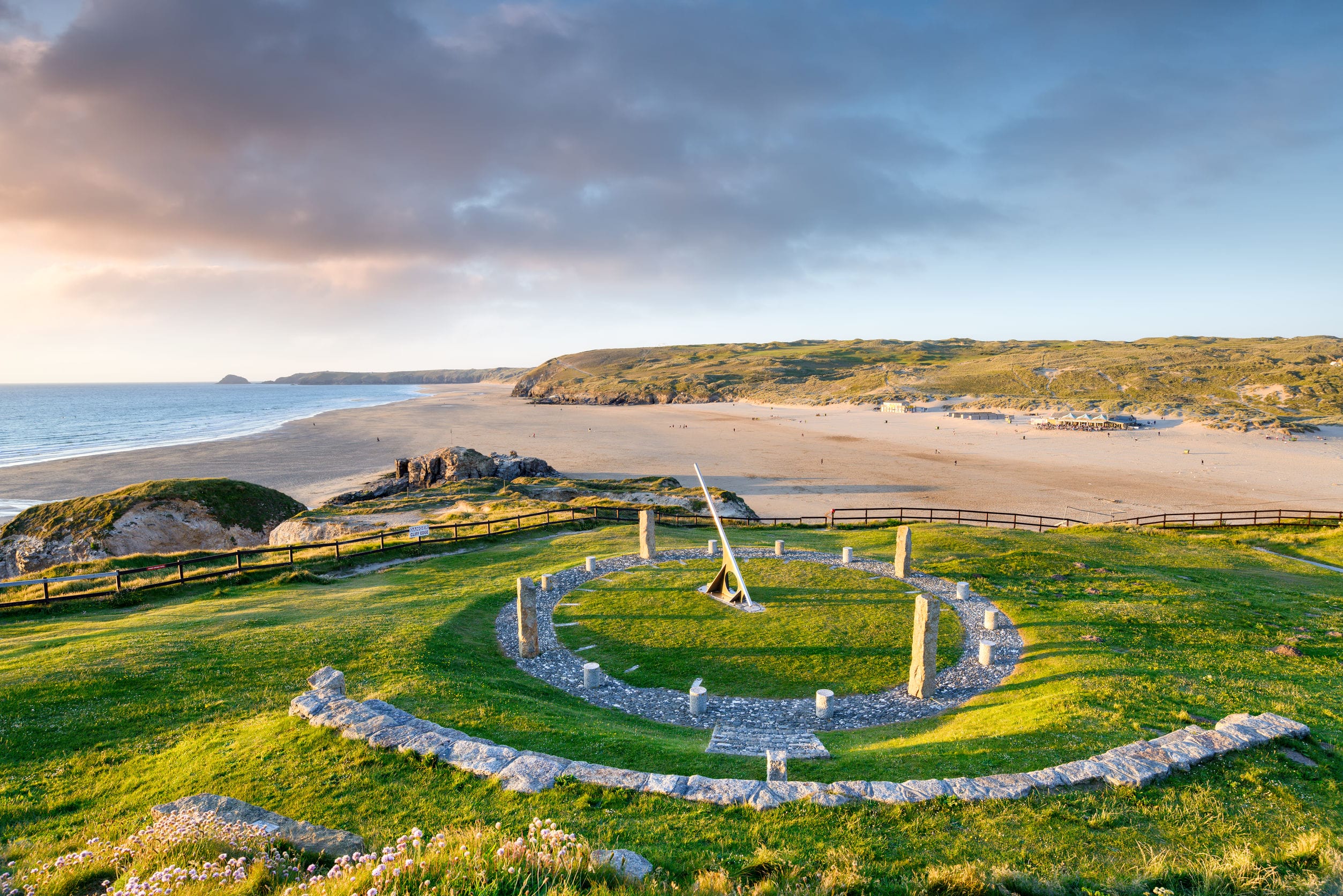
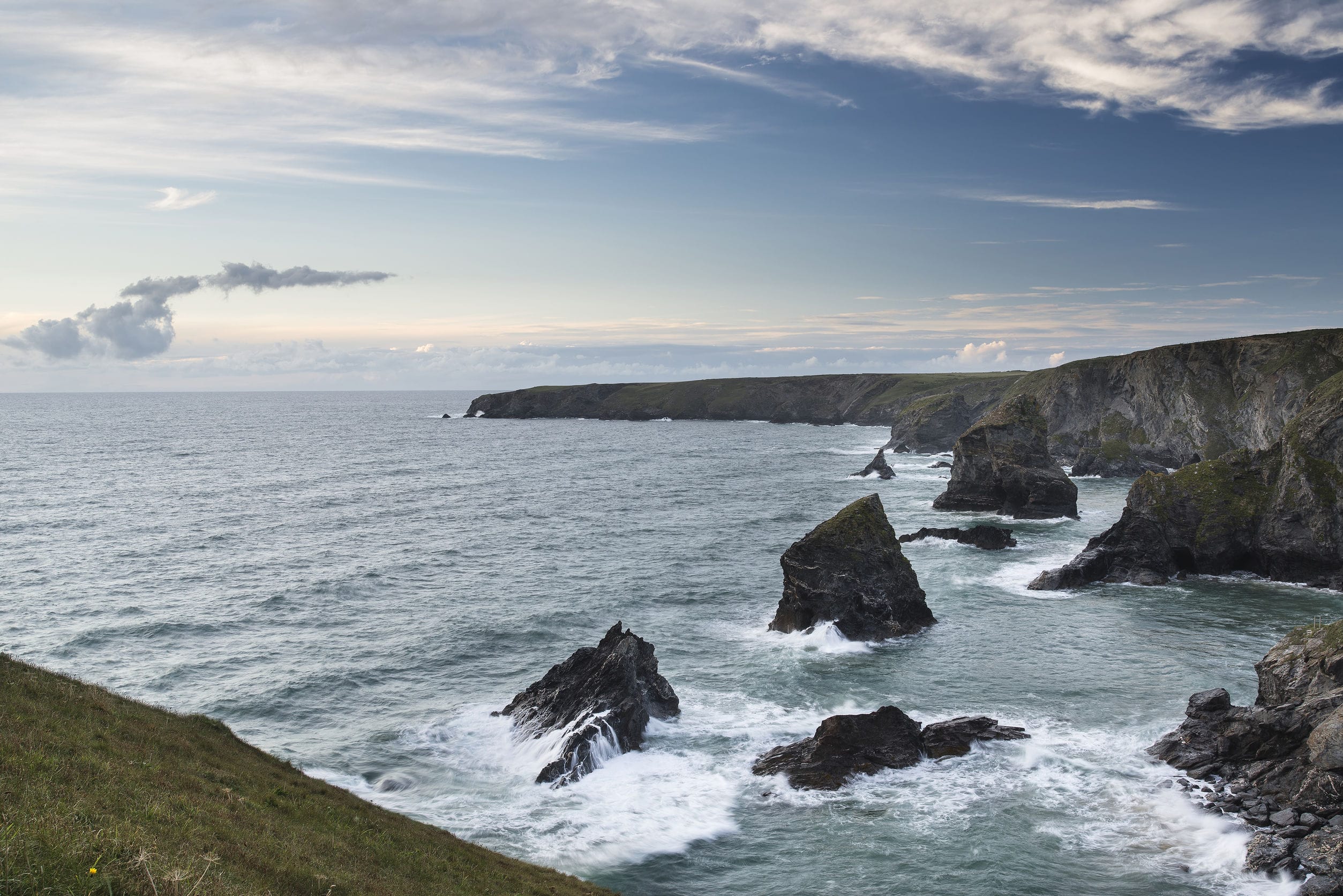
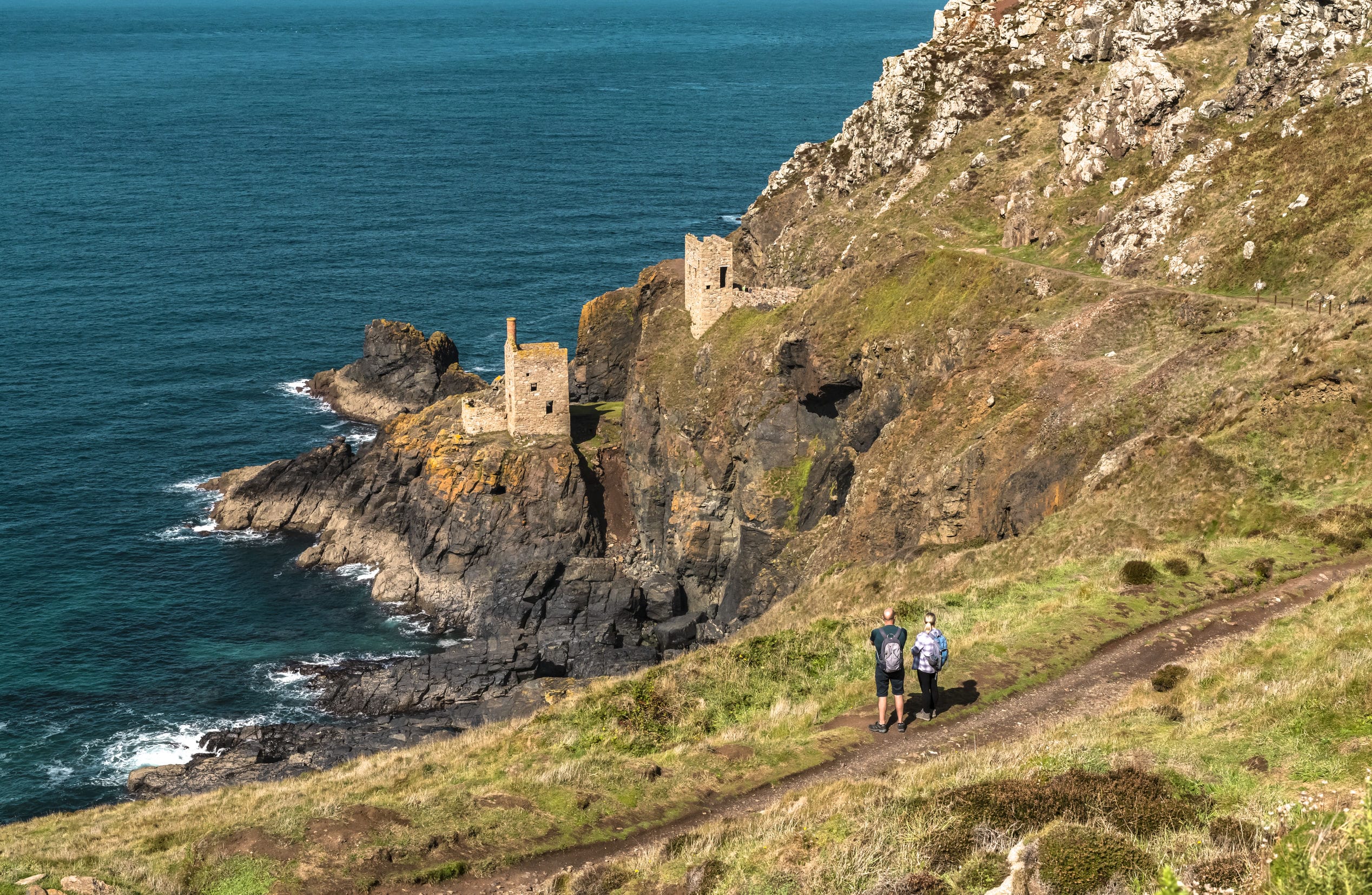
Hillwalk Tours
About Us
Hillwalk Tours is an award-winning walking tour operator which specialise in self-guided walking holidays in Ireland, Scotland, England, Wales and along the Camino de Santiago in Spain. Our goal is to create happy experiences for all of our customers, suppliers & staff.
Fill out the form below with any questions you may have and we will get back to you promptly.
Follow us on our social media platforms
Leave No Trace
We like to walk in nature and since you are reading this – we believe you do too! It is important to ensure that our impact on the environment is limited so that hikers can enjoy the same view after us. The rule applies: when you leave, make sure that nature looks the same as when you arrived or simply put “leave no trace.” As more and more people take to the great outdoors, our collective mark on the environment increases.
What does this mean in reality? Of course, do not leave any rubbish or waste behind. Do not collect stones, flowers, or other “souvenirs”. Don’t carve your name on a tree or break branches… I think you get the drift. It is imperative for walkers to play their part in making sure litter, damage to vegetation and all forms of pollution are limited.
Noise can also be a form of pollution. Whoever walks through a forest talking and laughing loudly, for example, ruins the peace and quiet of other walkers, who can no longer hear the birds. The same goes for cell phones that suddenly start ringing. Keep the volume down and respect your surroundings. Ultimately, the point is to ensure that as many people as possible can enjoy walking through nature. So that applies to you, but also to those who tread the path after you.
Hillwalk Tours proudly supports sustainable tourism and loves the countryside as it is – wild, peaceful and clean. We are proud to support the “Leave No Trace” initiative that aims to preserve the natural beauty of each nations countryside where we offer hiking holidays. We try to create happy experiences for our accommodation too, and the restaurants, shops and taxi companies that serve our walkers. These are often small businesses located in isolated areas that have been left behind by urban migration and a lack of investment in rural regions. Their warm hospitality and friendly welcomes epitomise the magic of a Hillwalk Tour and we’re dedicated to helping keep these rural communities alive.
The Benefits of Hiking
In recent years, walking and hiking outdoors has been widely reported to have numerous physical and mental health benefits. The following are examples of some of these benefits:
Improve strength and fitness
- Weight loss
- Muscle gain
- Improve metabolism
- Improve digestion
- Better quality sleep
- Increase in Vitamin D
- Improve discipline
- Sense of achievement
- Living in the present moment
Hiking Equipment List
For a more in-depth list of recommended hiking equipment list, click here.


